The Concorde, one of the most iconic and groundbreaking aircraft in aviation history, was the product of a remarkable collaboration between the British and French governments. Its creation, starting in the 1960s, revolutionized air travel by ushering in the era of supersonic passenger flights. The Concorde was designed not only to break speed records but to do so with elegance and style, making it an extraordinary achievement in the field of aerospace engineering. However, despite its pioneering role, the Concorde’s legacy is complex, marked by both technological marvel and challenges that led to its eventual retirement. Let’s take a closer look at the creation, rise, and decline of the supersonic jet that captured the imagination of the world.
Introduction to the Concorde’s Development
The Concorde was born out of a vision to develop a supersonic passenger jet that would drastically cut flight times and offer a luxurious experience. It was the brainchild of both the British and French governments, who signed an agreement in November 1962 to build a supersonic airliner. The Concorde project was seen as a means to keep Europe at the forefront of aviation technology while cementing the alliance between two nations.

The development of Concorde was a joint venture between two aerospace companies: British Aircraft Corporation (BAC), which later became part of BAE Systems, and the French company Aerospatiale, now part of Airbus. The partnership, despite its complexities, was crucial to the success of the Concorde, with both countries contributing resources, knowledge, and expertise to the project.
Video
Watch the video of the Concorde test flight.
The Concorde’s Unique Design
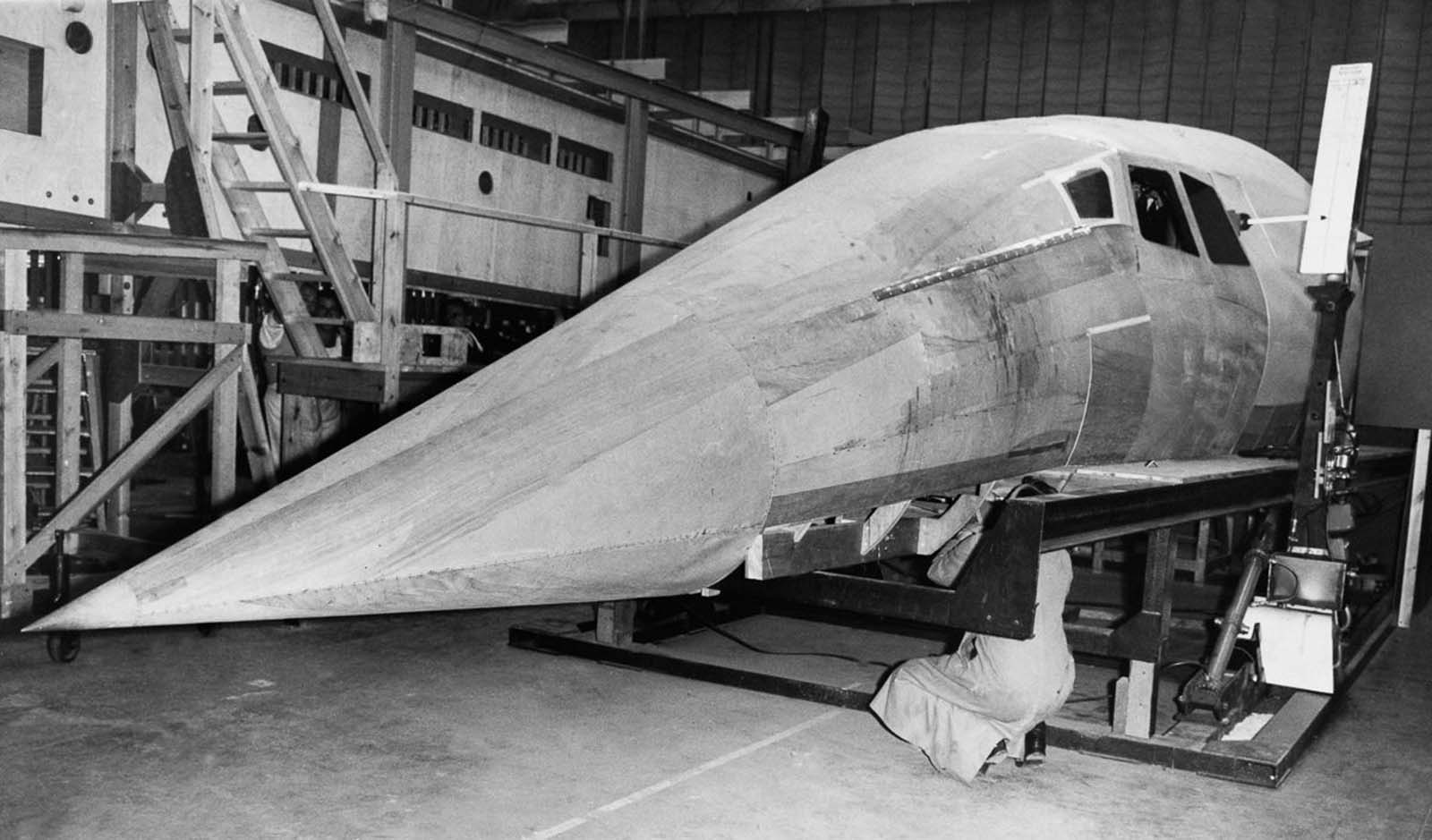
One of the most innovative design features of the Concorde was its drooping nose. This distinctive feature allowed the pilots to lower the nose during takeoff and landing, enhancing visibility of the runway. The Concorde’s nose was raised for supersonic flight, but during these critical phases of the flight, it would droop to ensure the pilots had an optimal view, a solution that had never been seen before in commercial aviation.
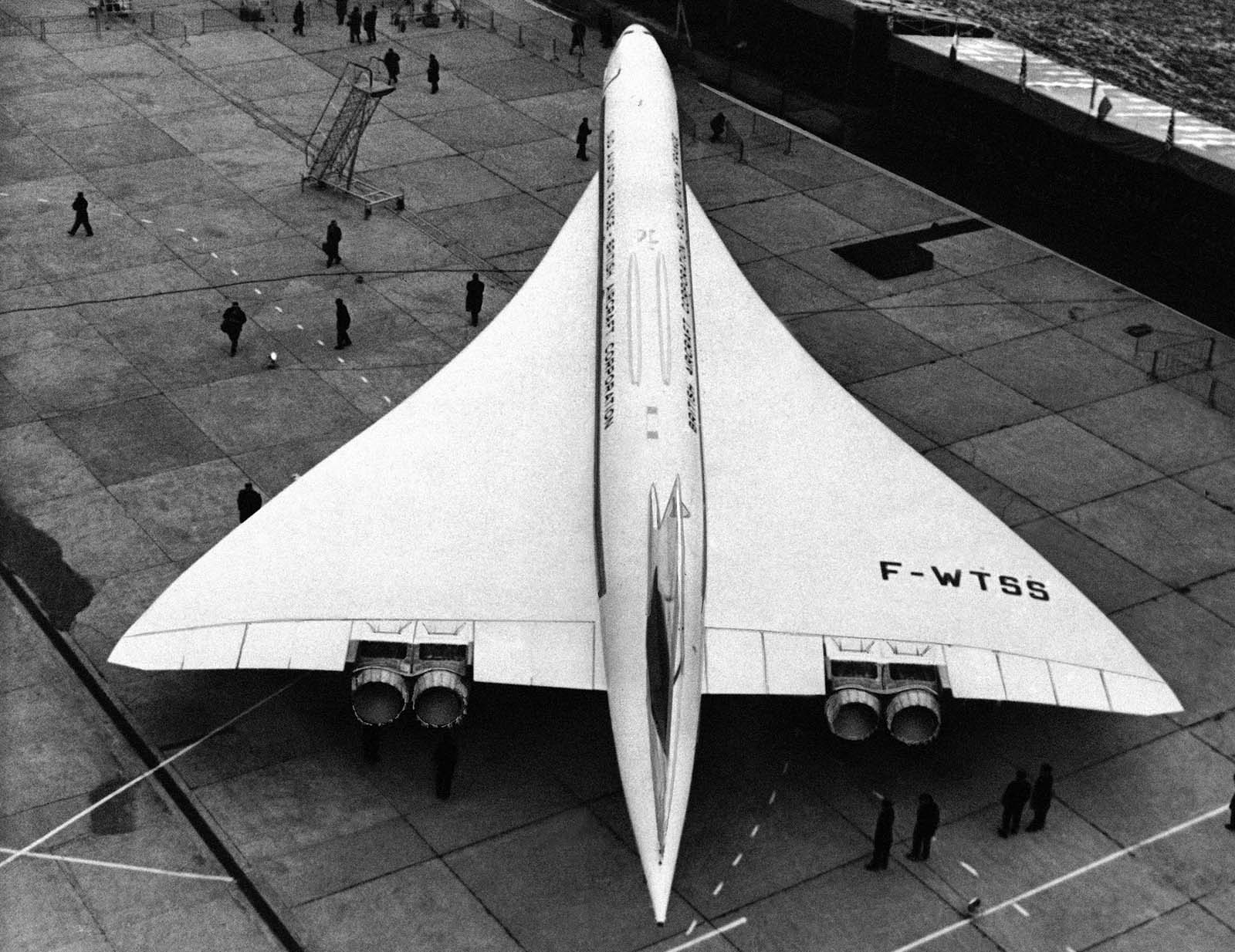
Another defining characteristic of the Concorde was its double delta wing design, which enabled the aircraft to achieve supersonic speeds. This wing configuration was ideal for high-speed flight and provided the aircraft with remarkable aerodynamic performance. With the ability to cruise at Mach 2 (twice the speed of sound), the Concorde drastically reduced flight times, making transatlantic travel faster than ever before.
The Technology Behind the Concorde
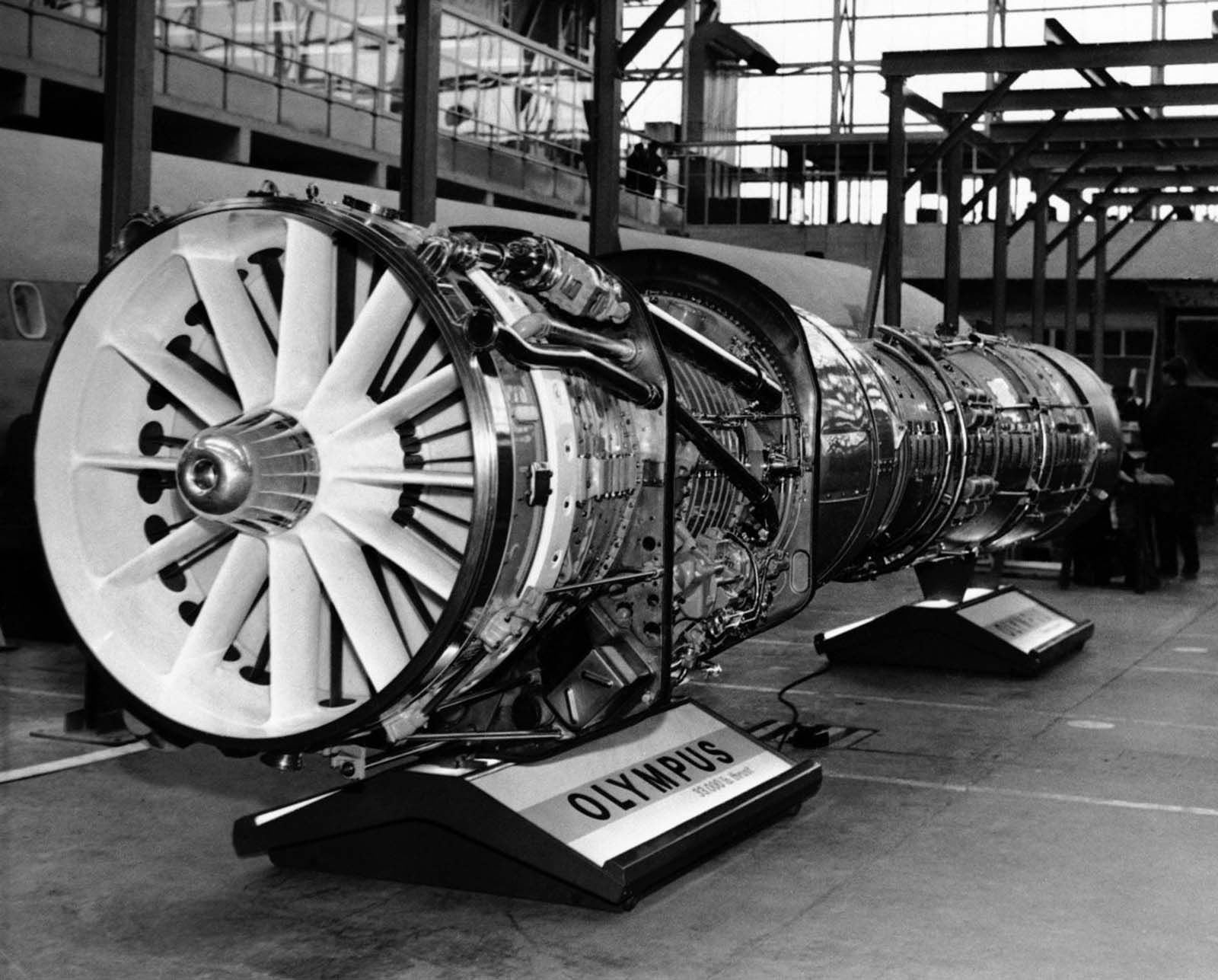
To achieve supersonic speeds, the Concorde needed a powerful engine. The aircraft was powered by the Olympus 593 turbojet engines, which produced 38,000 pounds of thrust each. These engines were designed by Rolls-Royce and French company Snecma. The Concorde also introduced the innovative fly-by-wire system, replacing traditional mechanical control systems with electronic interfaces, allowing for precise handling of the aircraft at high speeds.
In the early stages of development, the Concorde prototypes were tested rigorously to ensure they met the high expectations set for this cutting-edge airliner. From design models to the first test flights in 1969, the aircraft underwent various trials, including wind tunnel tests, to perfect its form and function.
The Concorde’s Historic First Flight and Commercial Launch
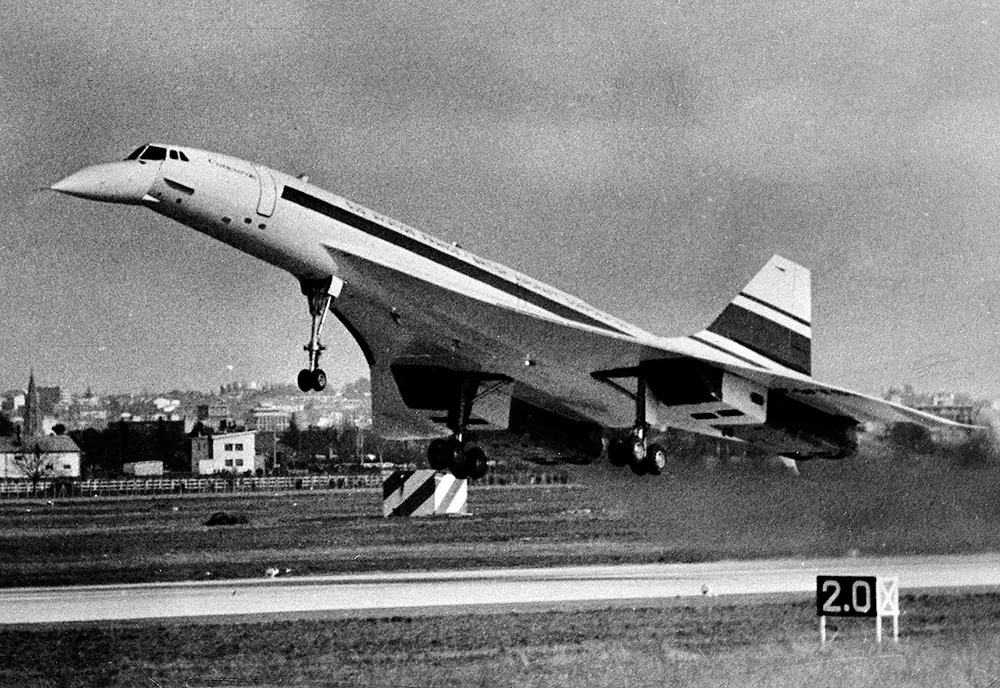
The first flight of the Concorde took place on March 2, 1969, marking a significant milestone in aviation history. The aircraft, piloted by André Turcat and a crew of engineers, took off from Toulouse, France. The flight was a huge success, and it proved that supersonic travel was no longer just a dream but a tangible reality.
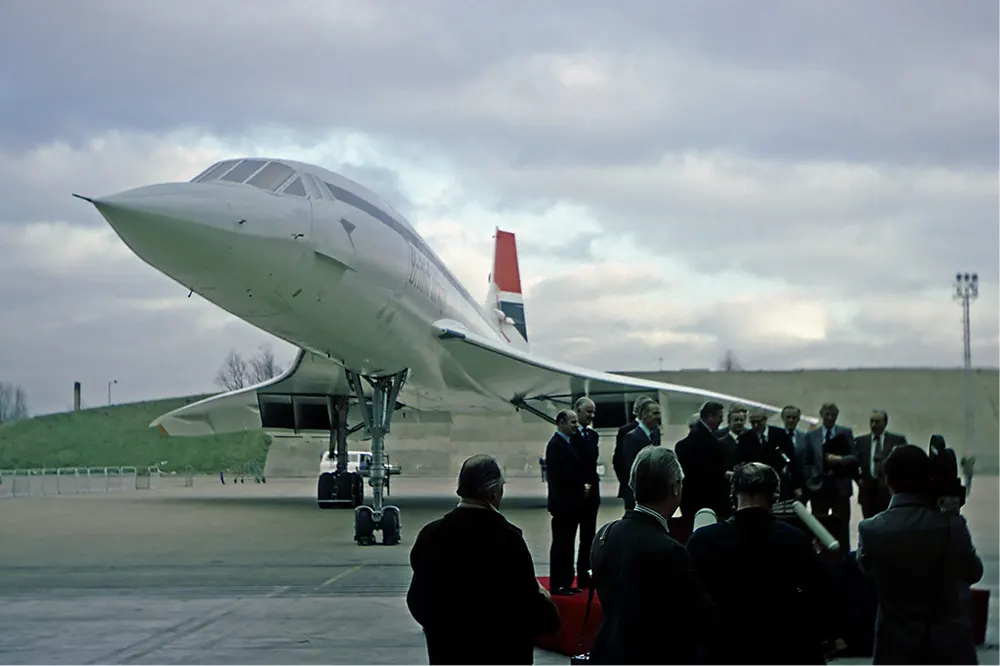
After years of testing and refinement, Concorde made its commercial debut on January 21, 1976, with British Airways and Air France operating the aircraft on transatlantic routes. The first commercial flight was a monumental event, and the Concorde quickly became a symbol of luxury and technological innovation.
The Rise of Concorde: An Exclusive Experience
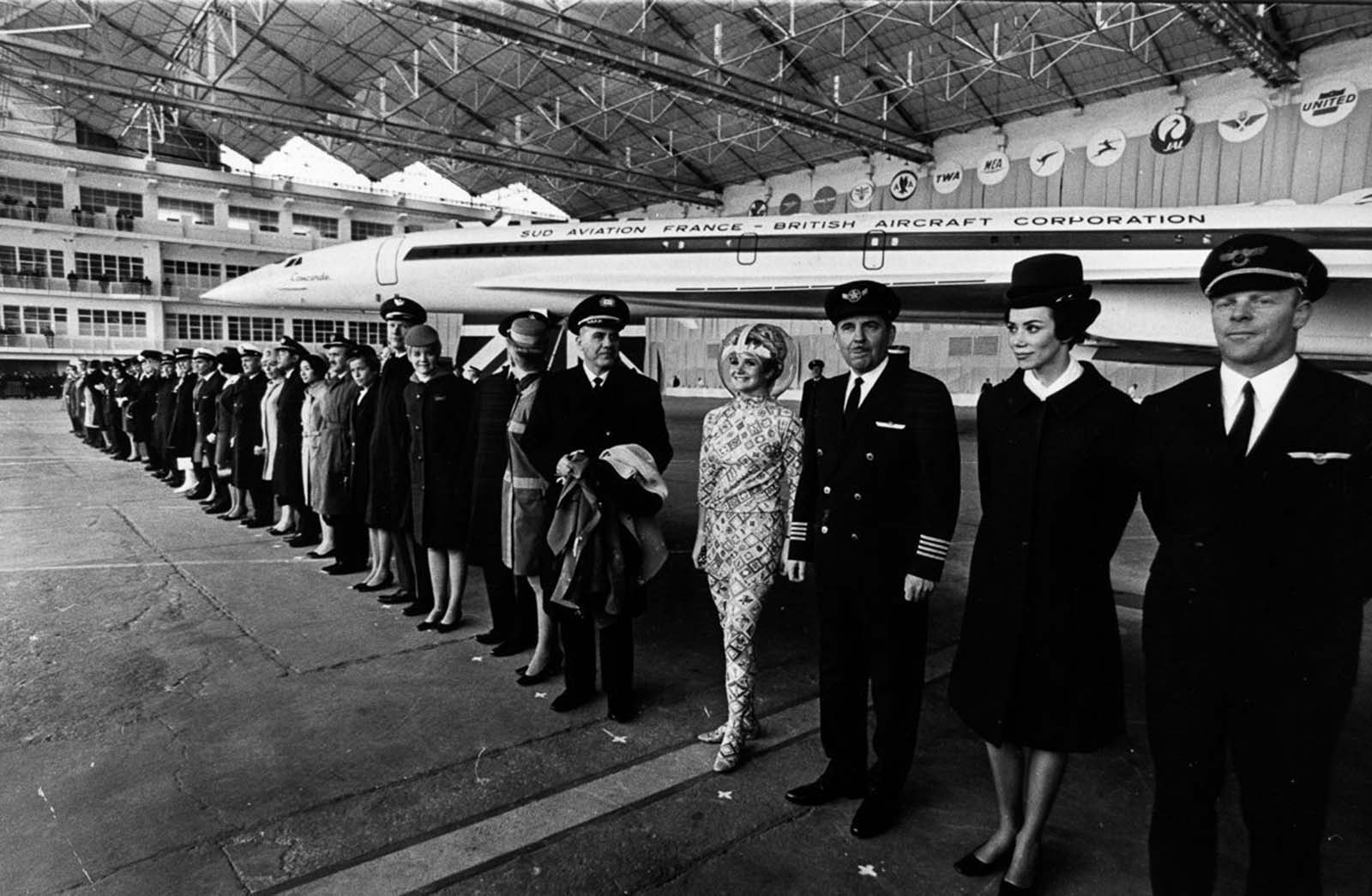
The Concorde targeted an exclusive market, with tickets priced far higher than conventional flights. A round-trip ticket from London to New York could cost up to $8,000, making it a luxury experience reserved for the wealthy. The aircraft’s speed, prestige, and unmatched comfort attracted an elite clientele who sought to experience the future of air travel.
The Concorde primarily flew transatlantic routes between London and New York, and it also operated on select routes to destinations such as Bahrain and Singapore. Despite its limited range and high costs, the Concorde garnered significant attention and attracted passengers who valued its speed and exclusivity.
Challenges and Decline of Concorde
Despite its success, the Concorde faced significant financial challenges. The aircraft’s high development costs and fuel consumption made it an expensive endeavor. The Concorde burned over 89,000 liters of fuel for a transatlantic flight, much more than its competitors, such as the Boeing 747, which consumed just 59,000 liters. This disparity in fuel efficiency became a major issue, particularly as fuel prices rose in the 1970s.
Another challenge facing the Concorde was the sonic boom it created when flying at supersonic speeds. This phenomenon led to protests from residents living under the Concorde’s flight path, who complained about the noise pollution. The environmental impact of the supersonic boom was one of the key factors that limited the Concorde’s operations, particularly over land.
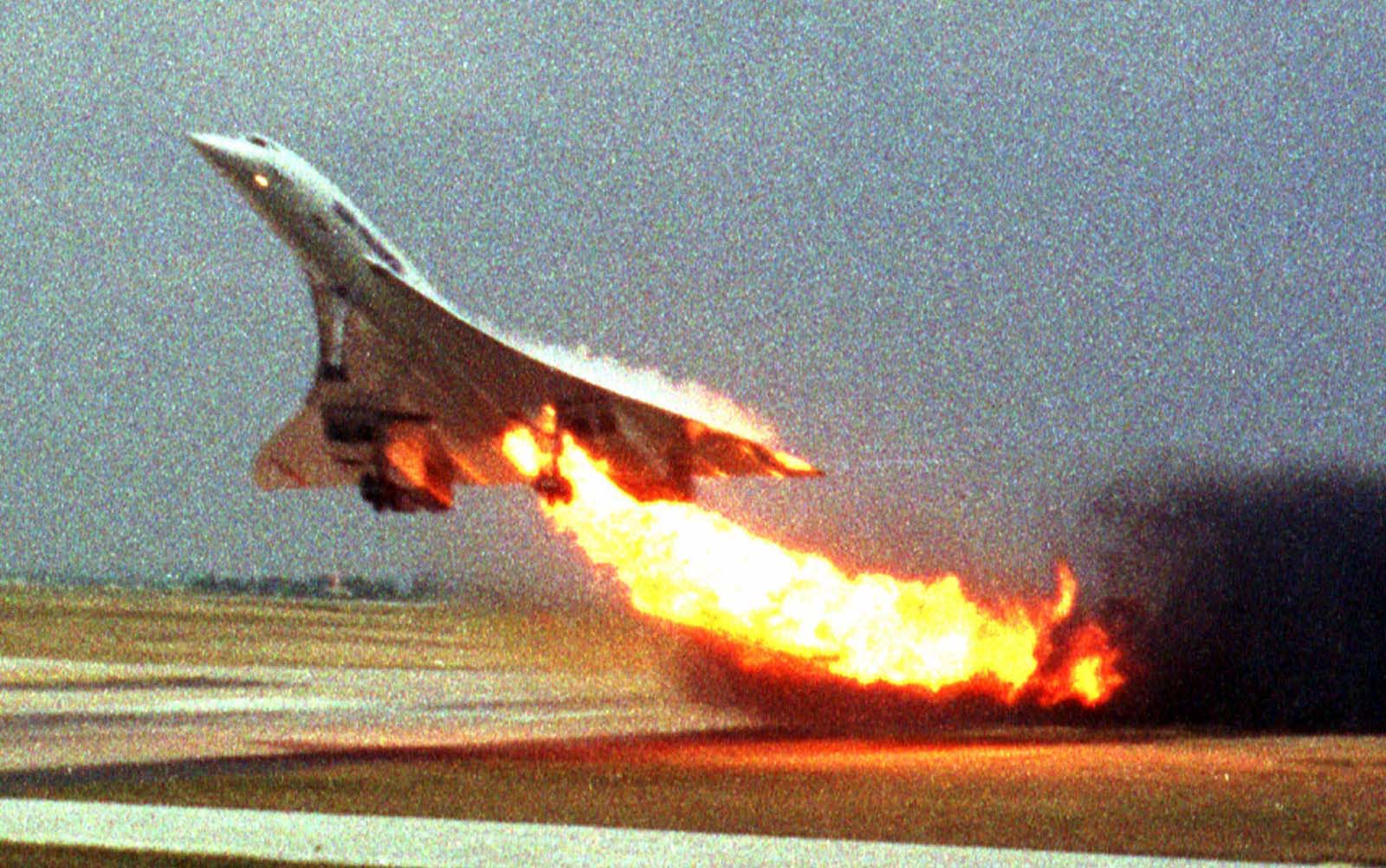
In July 2000, a devastating tragedy struck the Concorde fleet when an Air France Concorde crashed shortly after takeoff from Charles de Gaulle Airport. The crash, caused by a blown tire that ruptured the plane’s fuel tanks, killed all 113 people onboard. The disaster cast a shadow over the Concorde’s reputation and contributed to a decline in public confidence.
The End of the Concorde Era
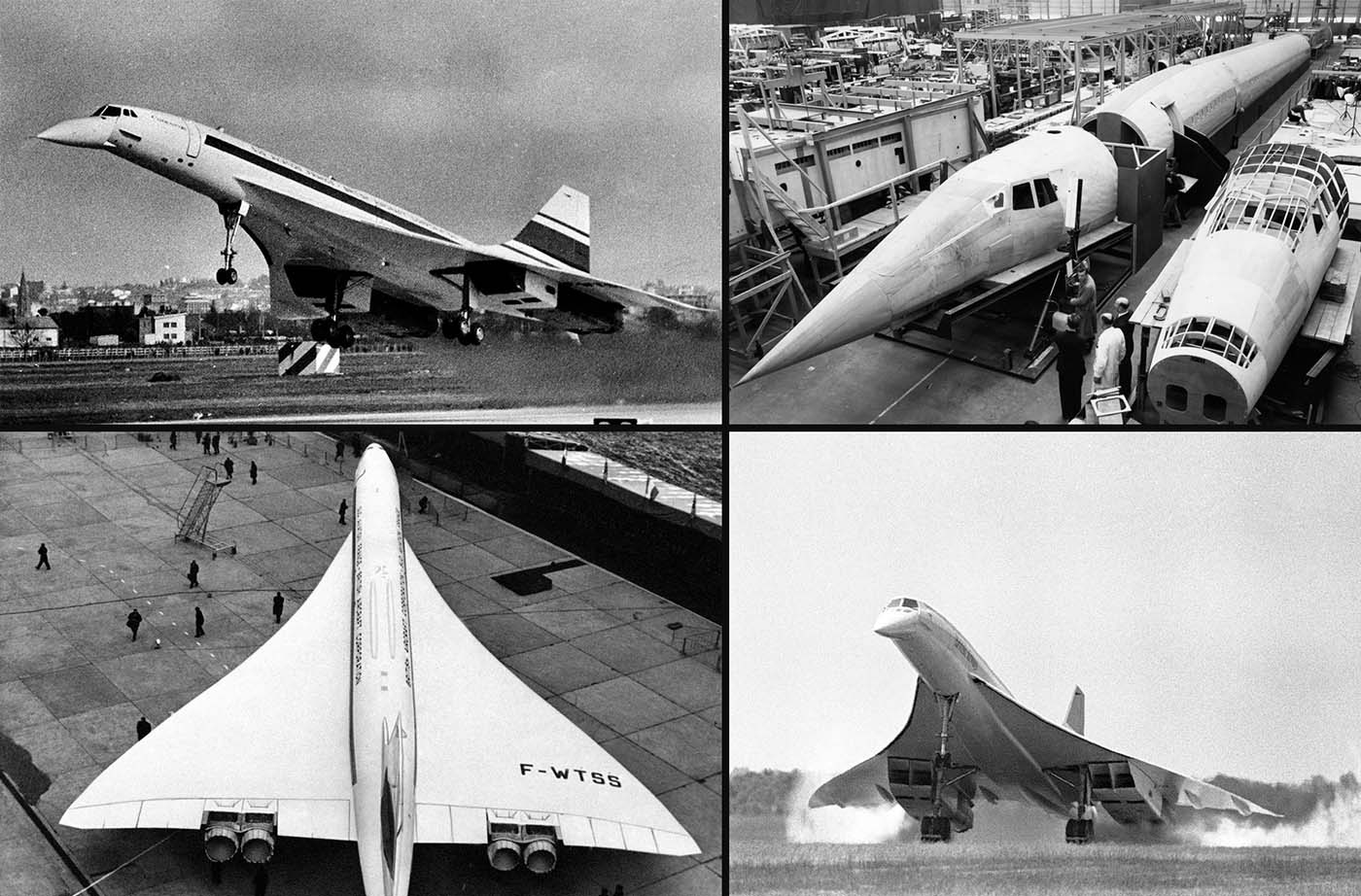
The terrorist attacks of September 11, 2001, significantly affected the aviation industry, and the Concorde was not immune to the consequences. Reduced passenger demand and rising operational costs led to the Concorde’s gradual decline. In 2003, British Airways and Air France announced the retirement of their Concorde fleets, marking the end of the supersonic age.
On October 24, 2003, the final commercial Concorde flight took place, bringing an end to over three decades of supersonic passenger travel. The Concorde’s retirement was a bittersweet moment, as it had symbolized the height of aviation technology and luxury.
Legacy and Commemoration
The Concorde’s legacy is one of both triumph and tragedy. It was a marvel of engineering and innovation, representing the pinnacle of human achievement in the skies. Although it never achieved widespread commercial success, the Concorde changed the way we think about air travel and set the stage for future advancements in aviation.
Today, several Concorde aircraft are preserved in museums around the world, where they serve as a reminder of the golden age of supersonic flight. The Concorde continues to inspire engineers and aviation enthusiasts alike, with its legacy influencing modern aircraft designs and the pursuit of new technologies that might one day bring supersonic travel back to the skies.
Gallery of Iconic Concorde Images

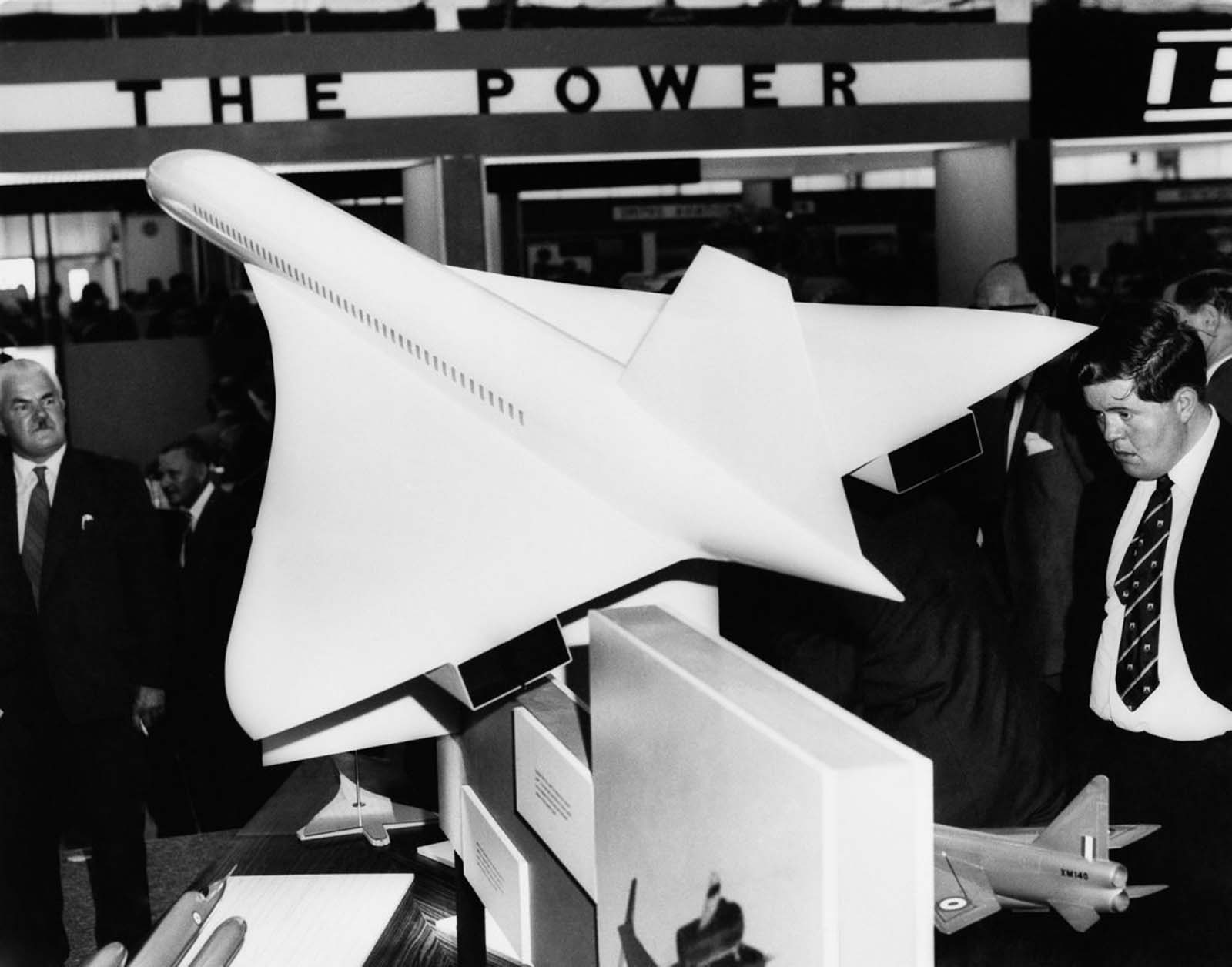
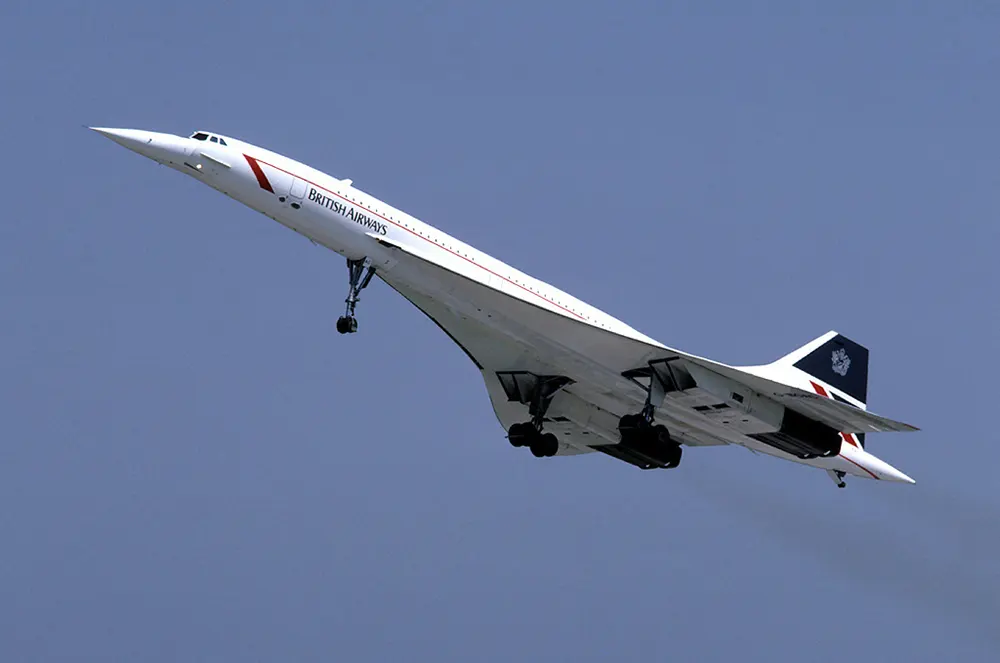
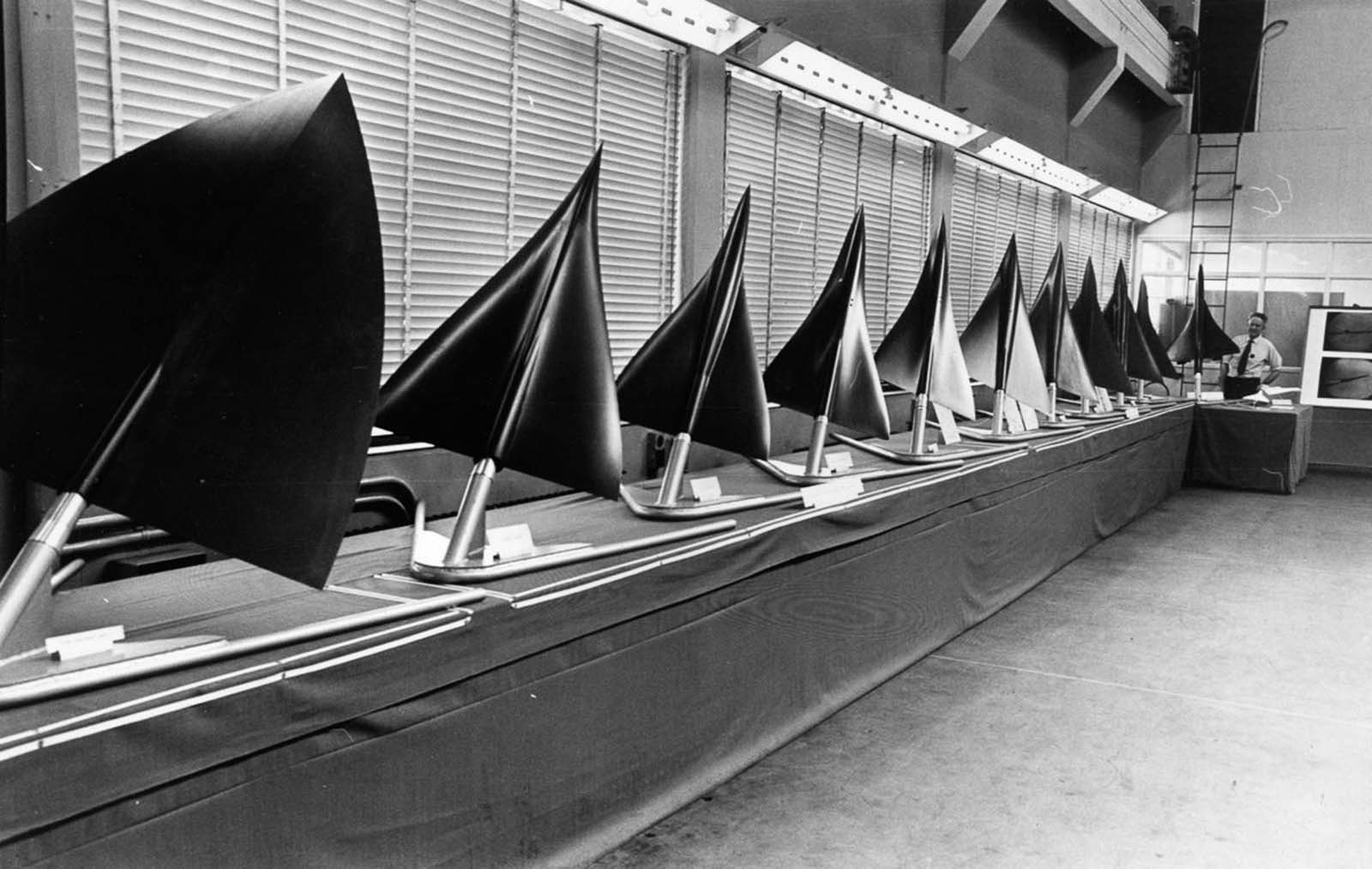
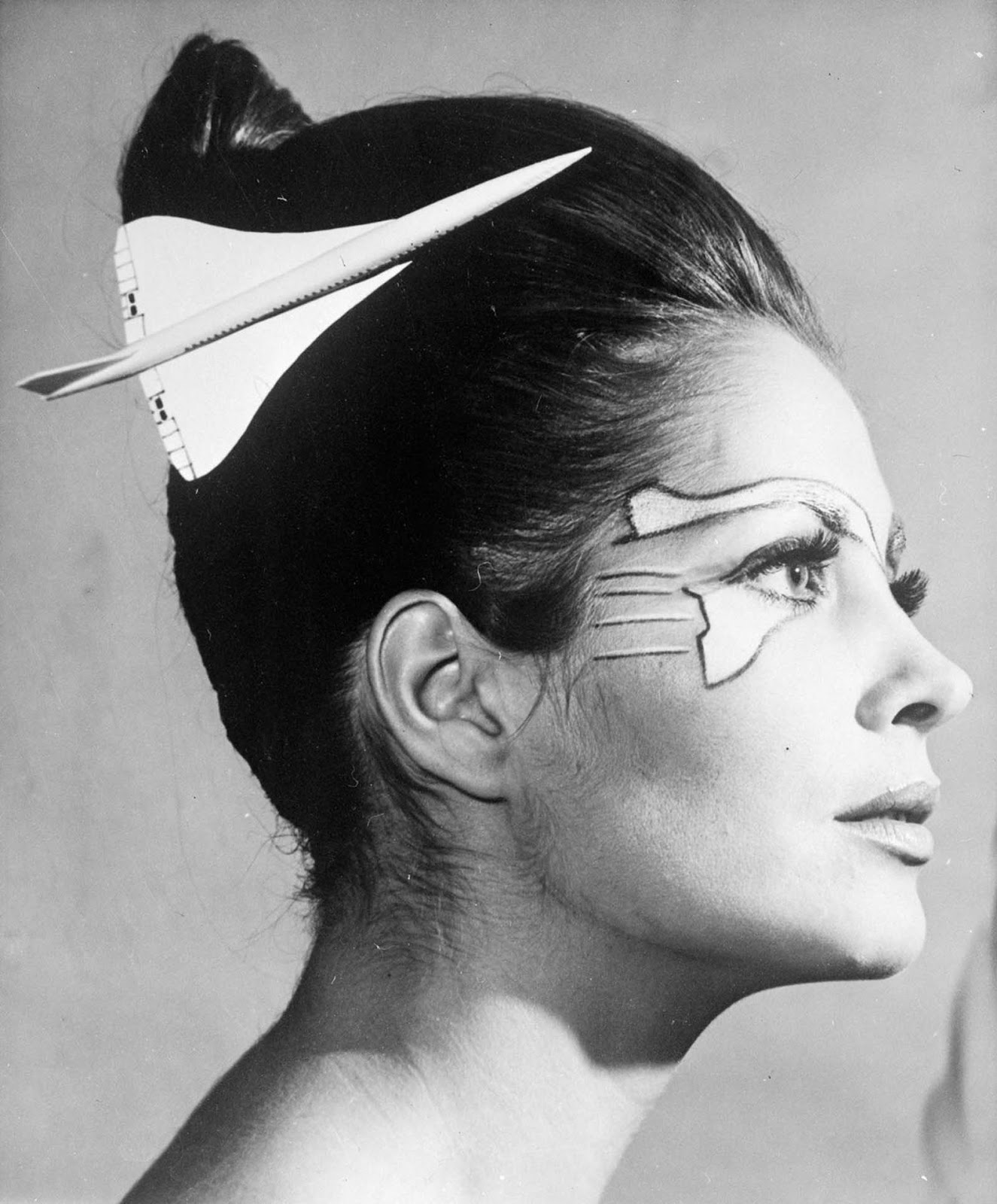
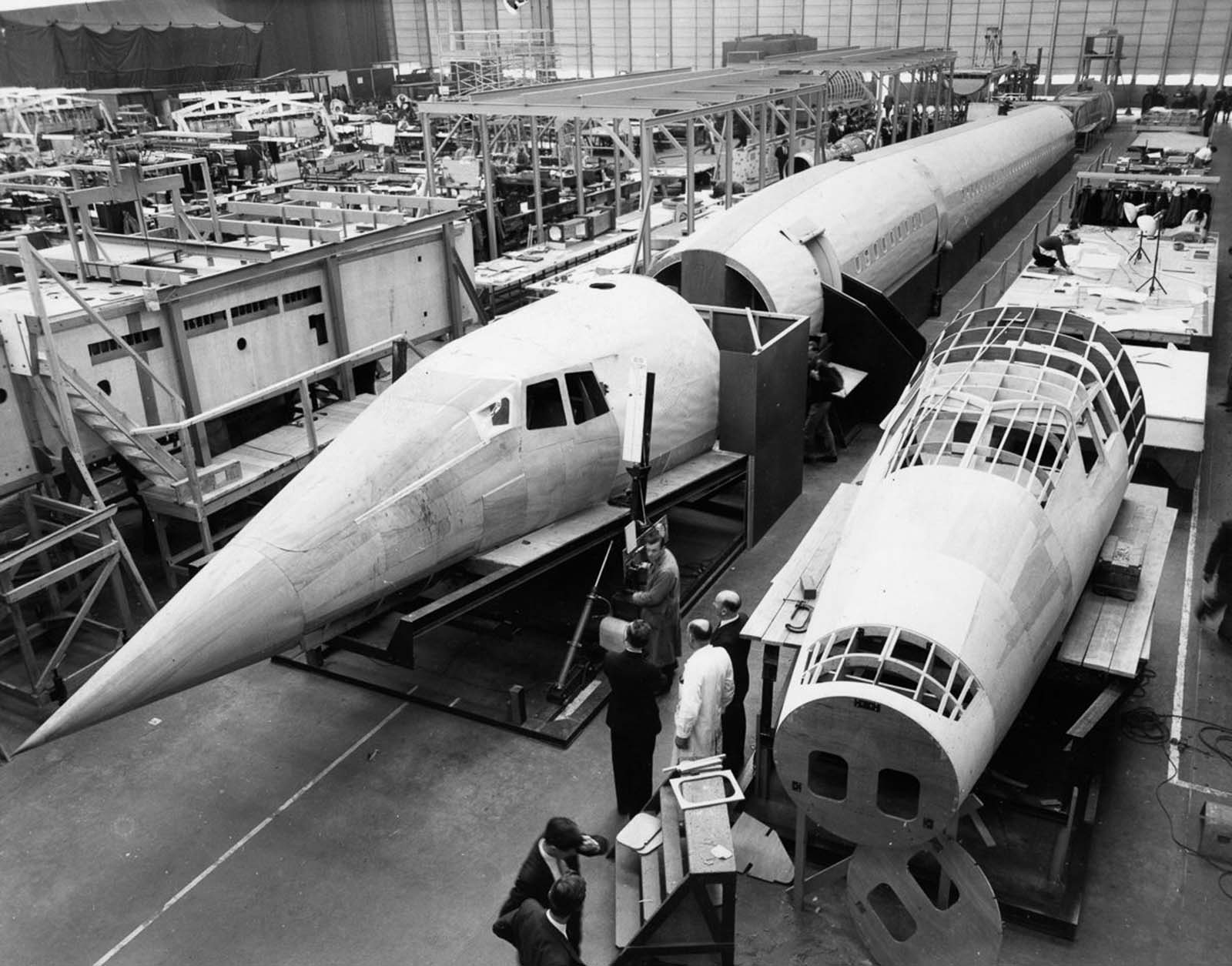
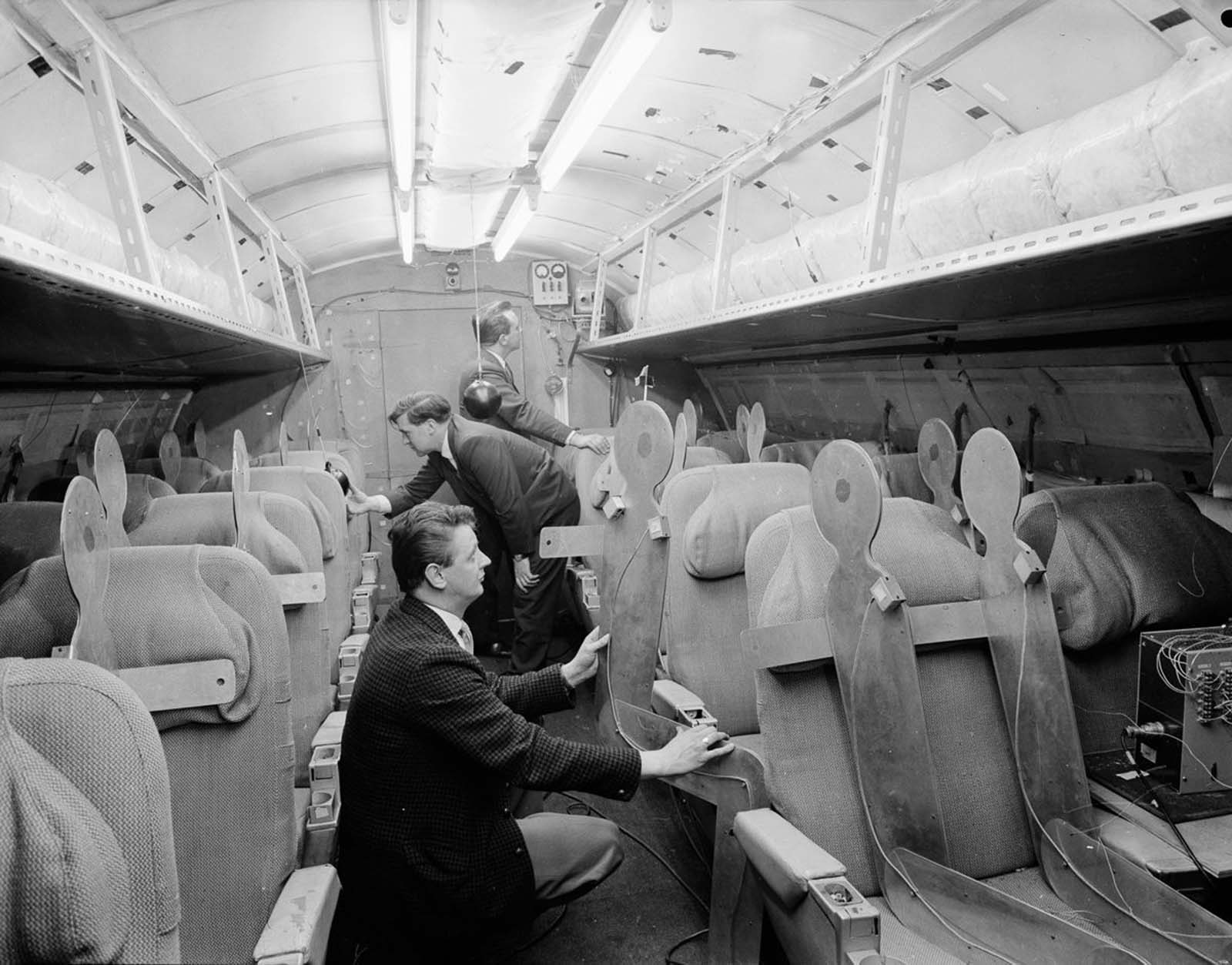
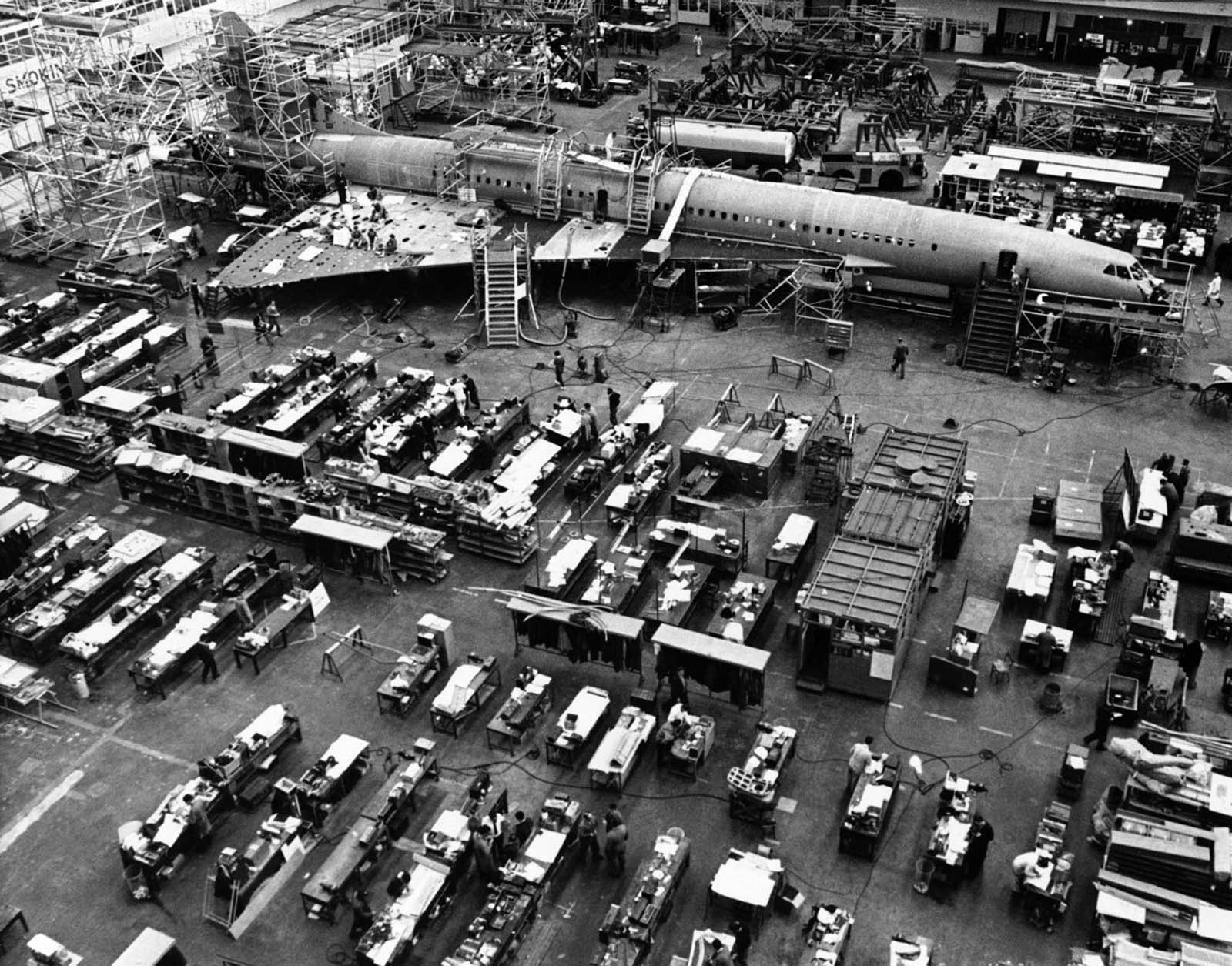
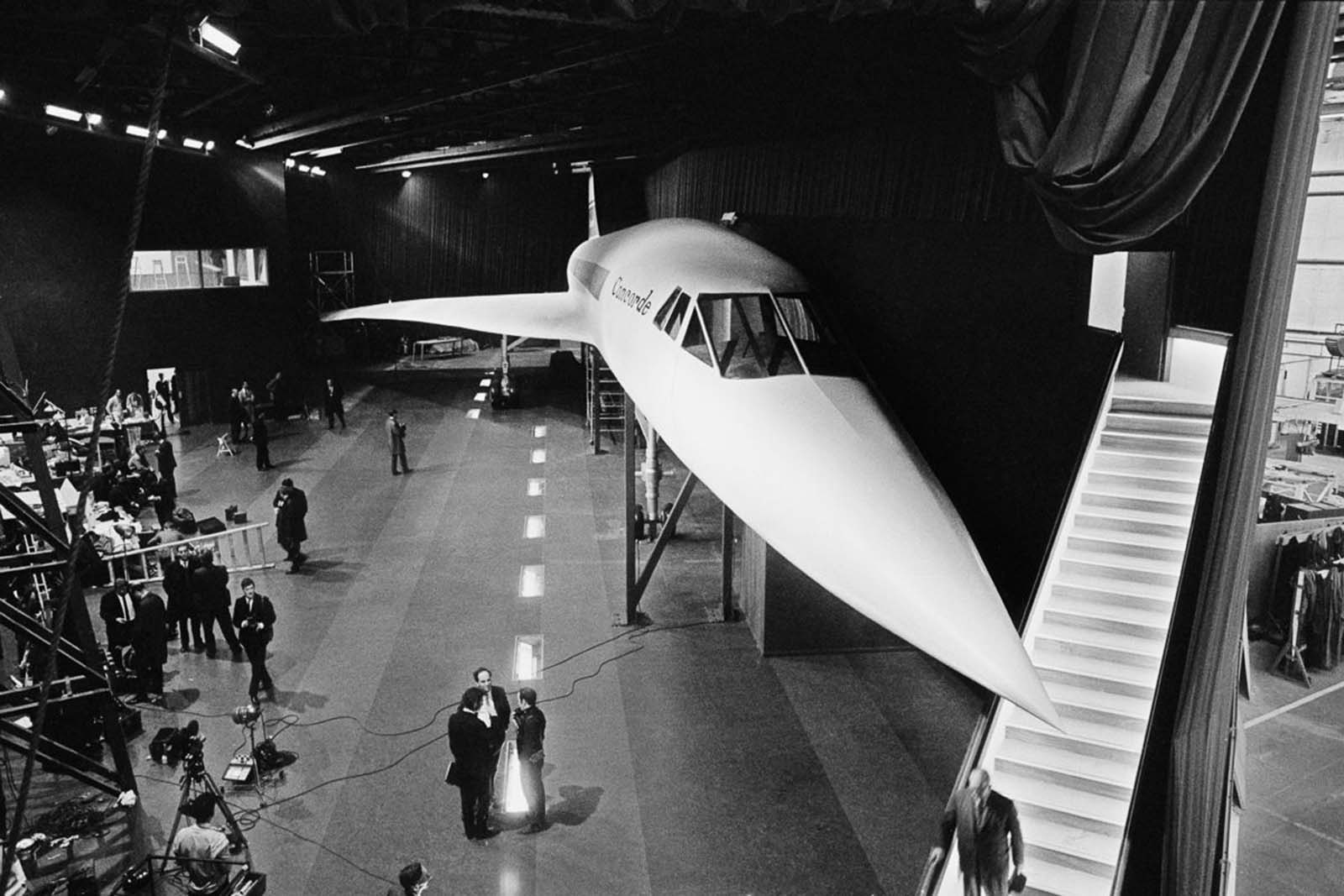
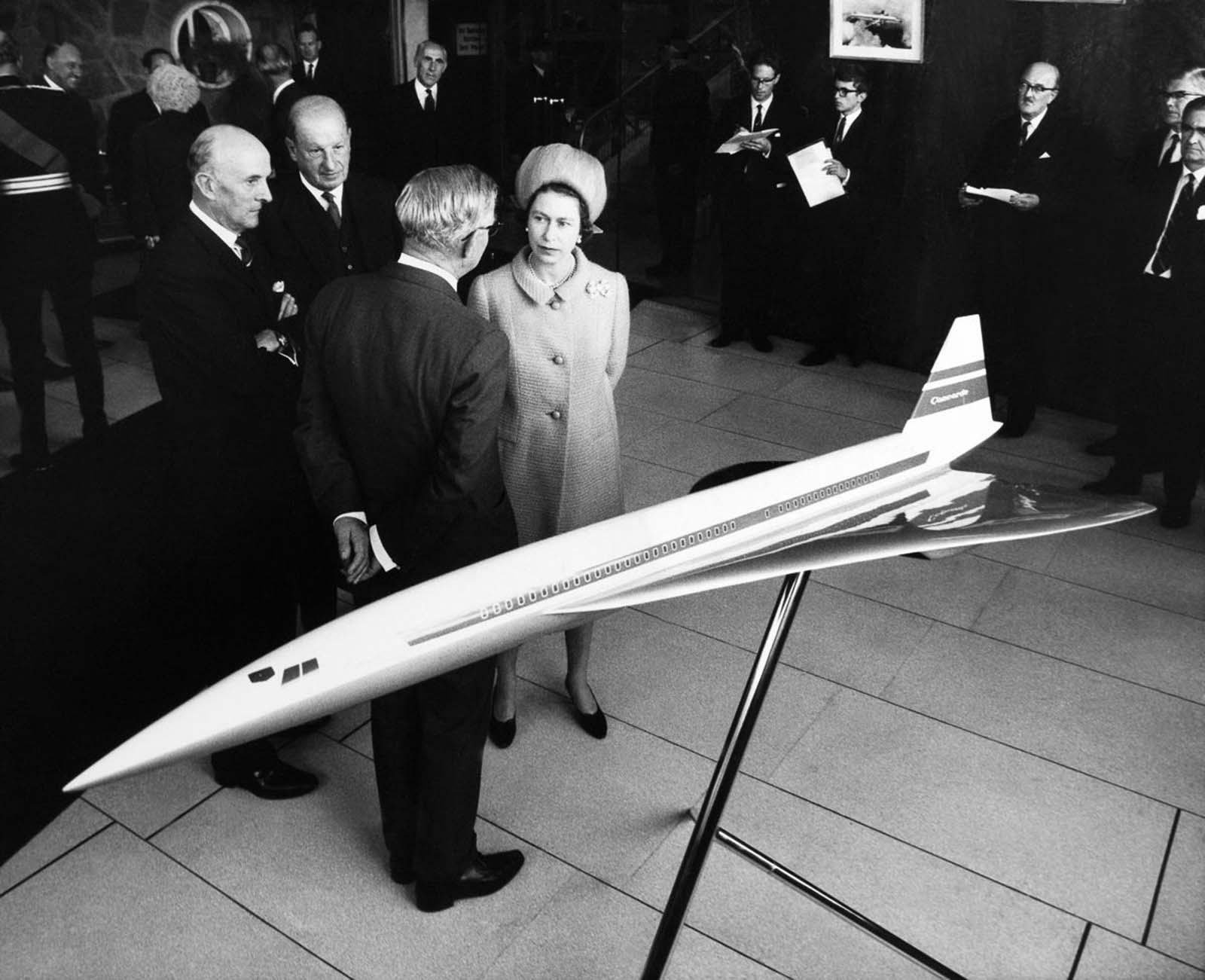
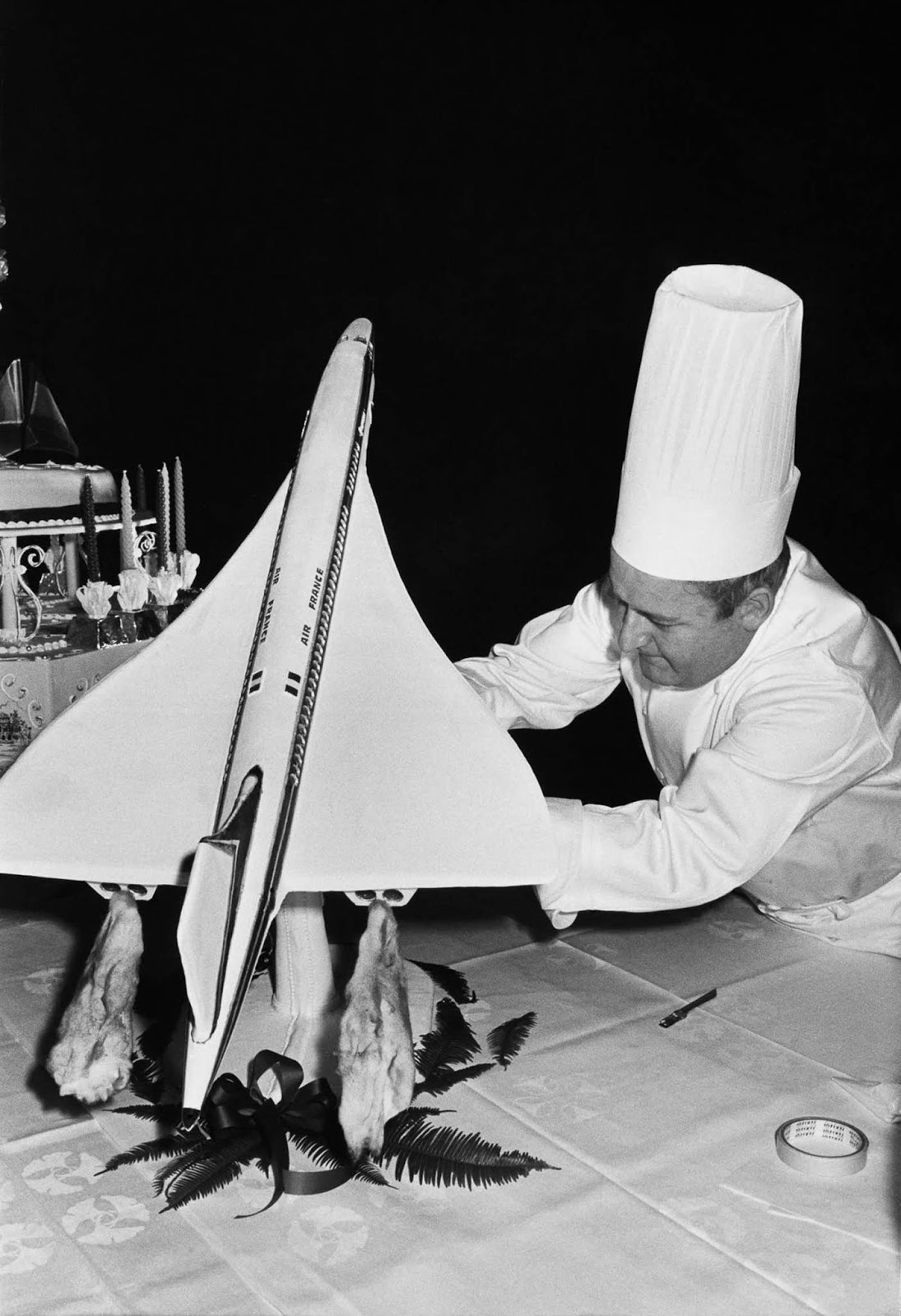
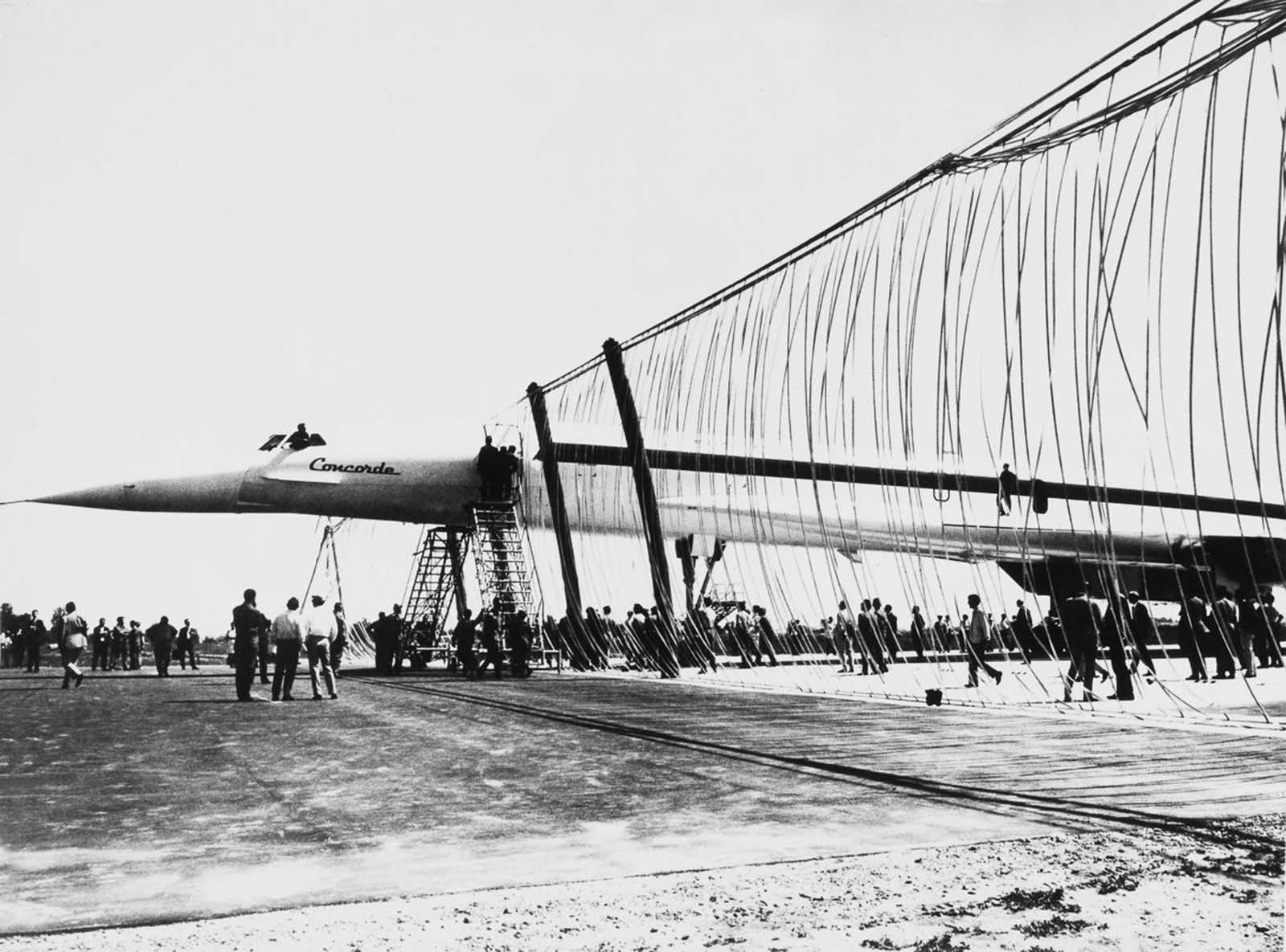
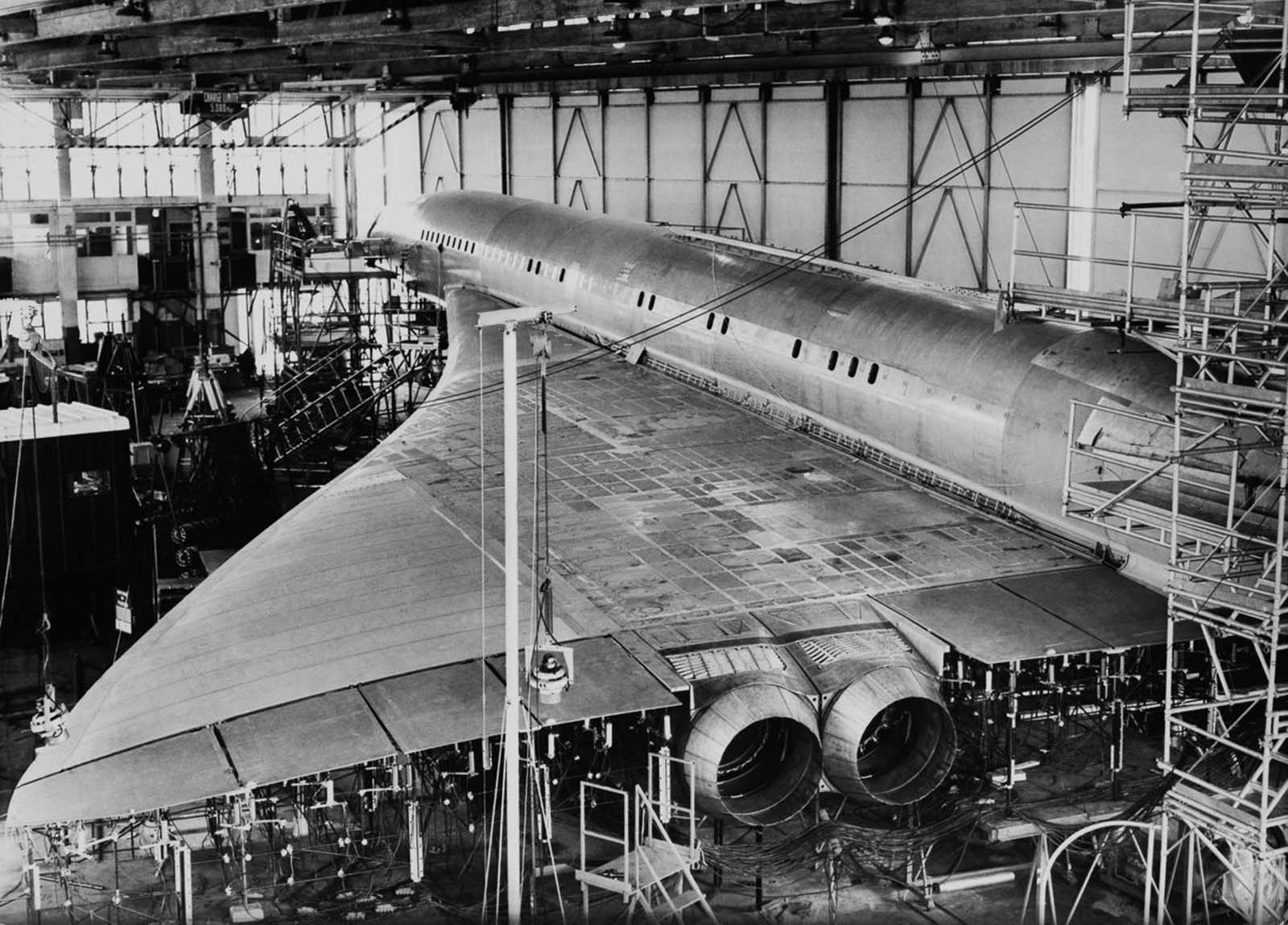
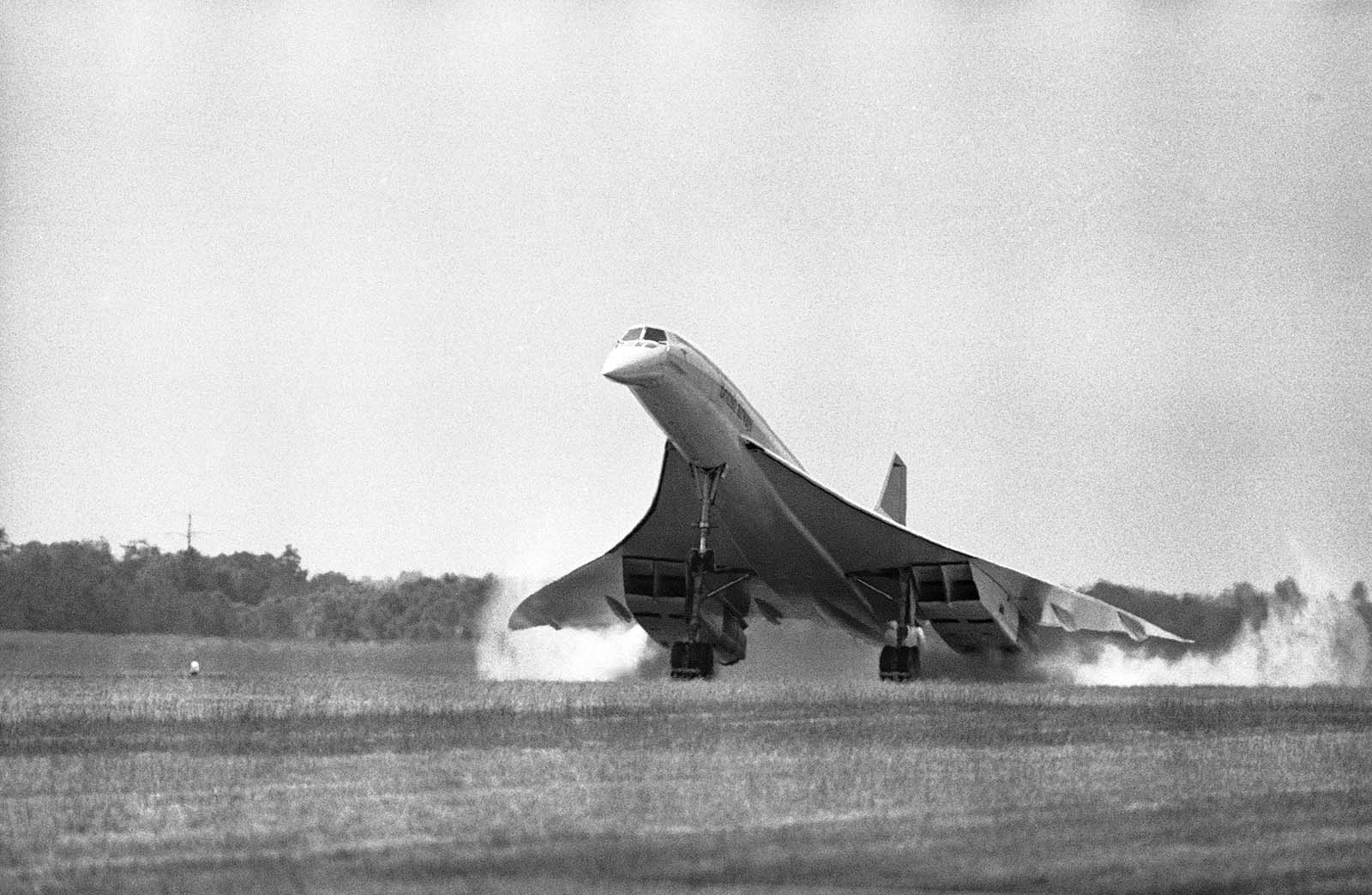
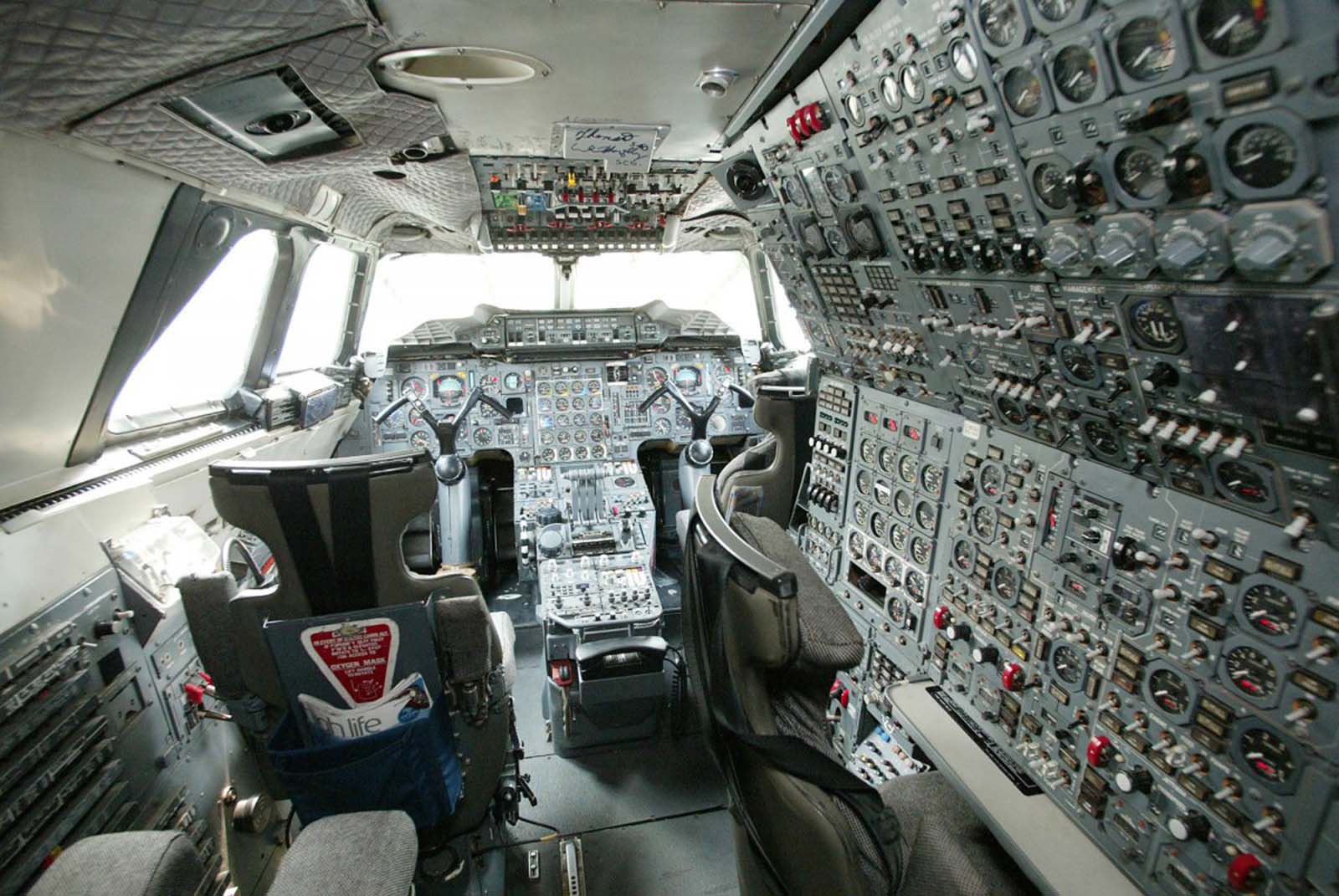
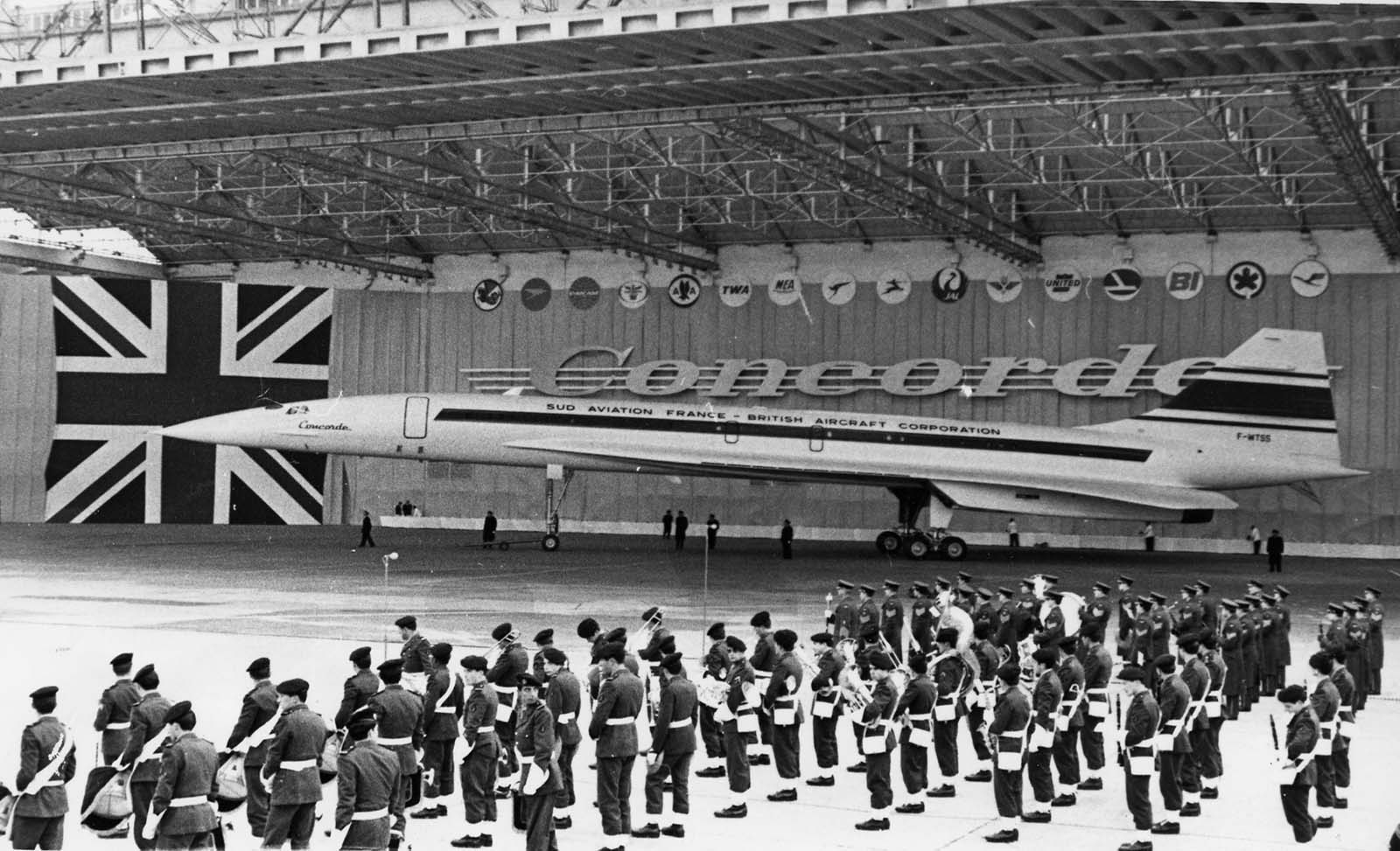
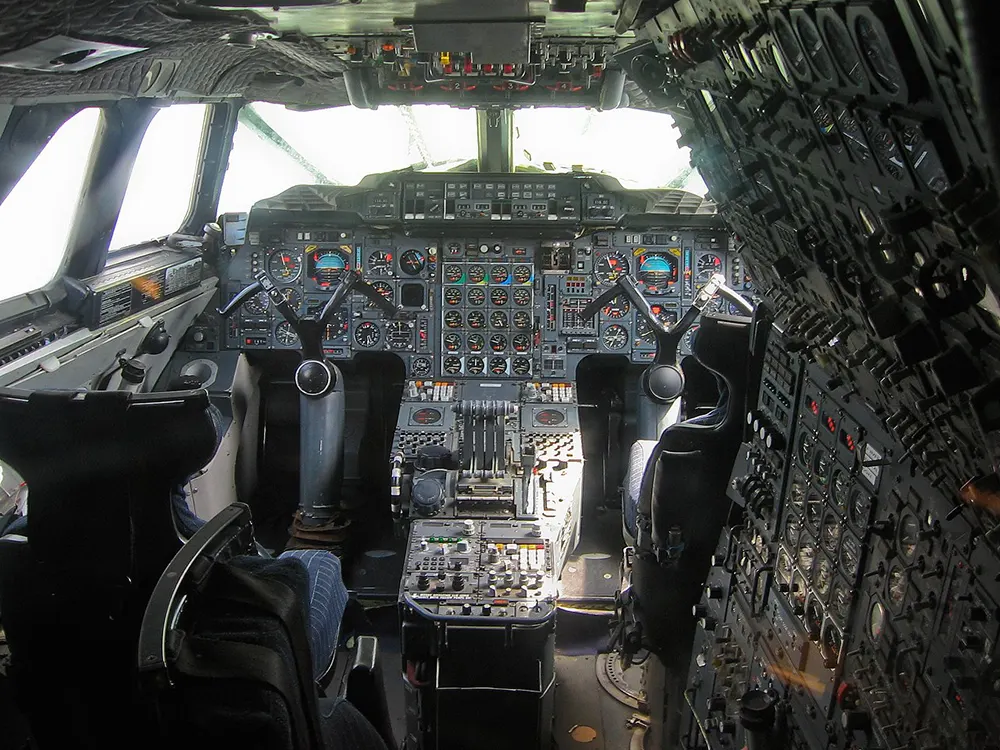
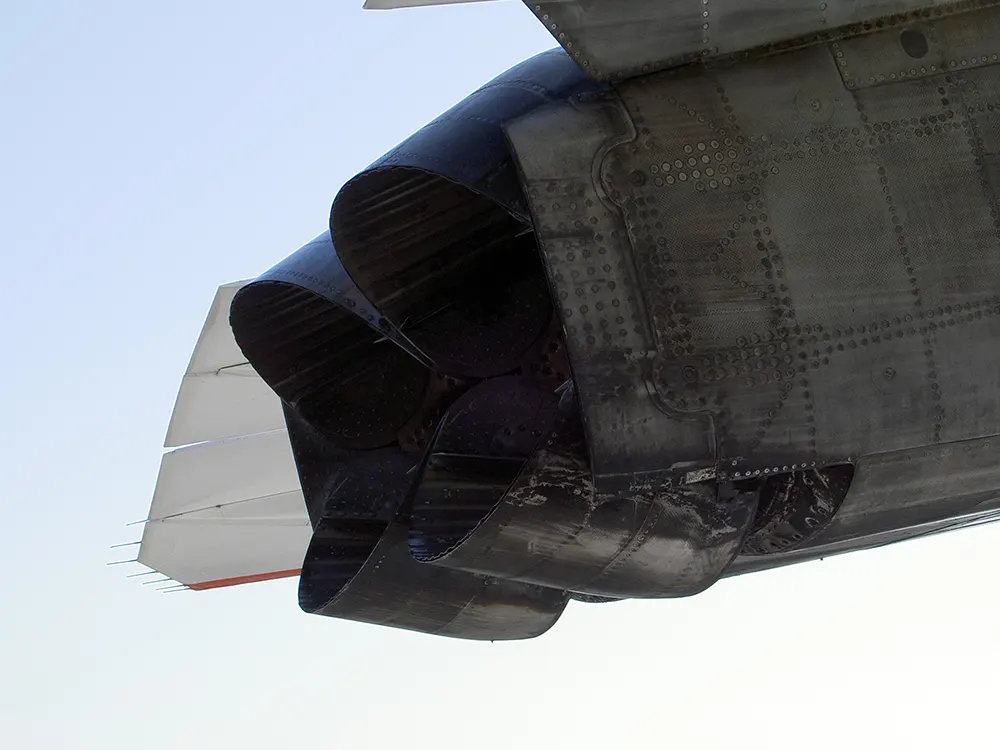
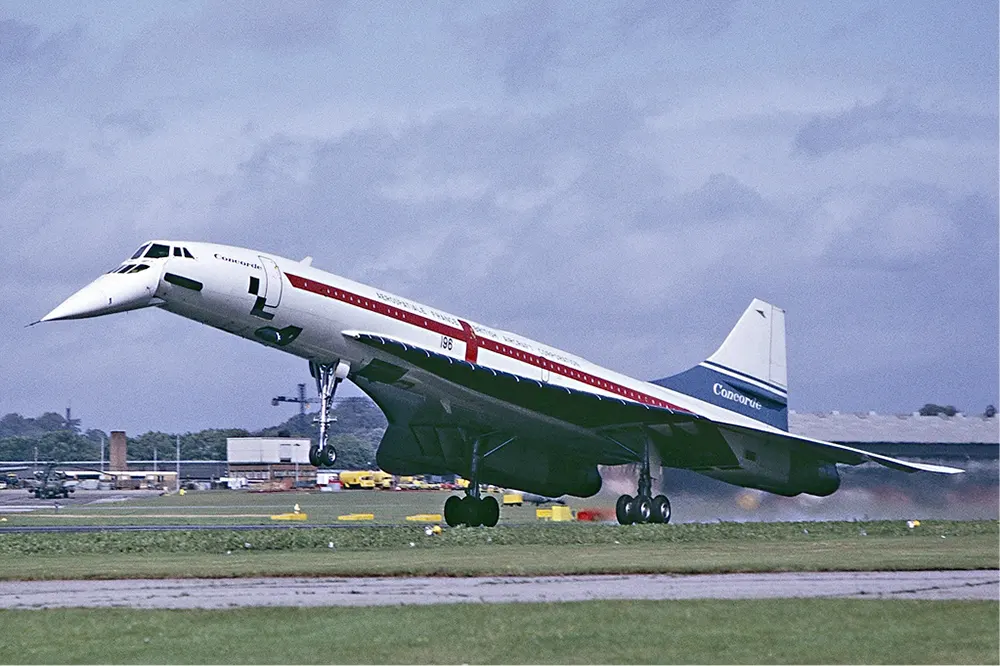

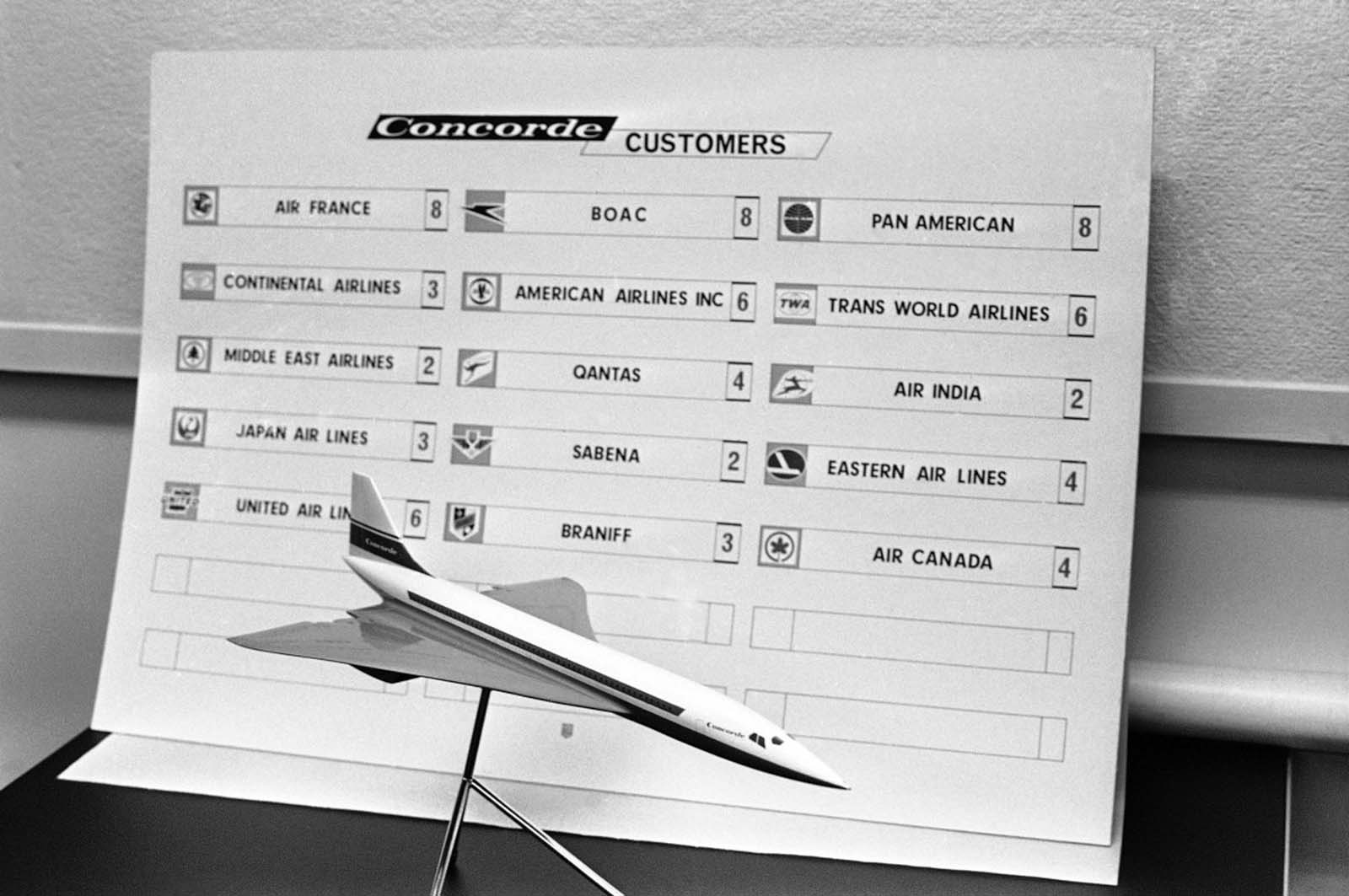
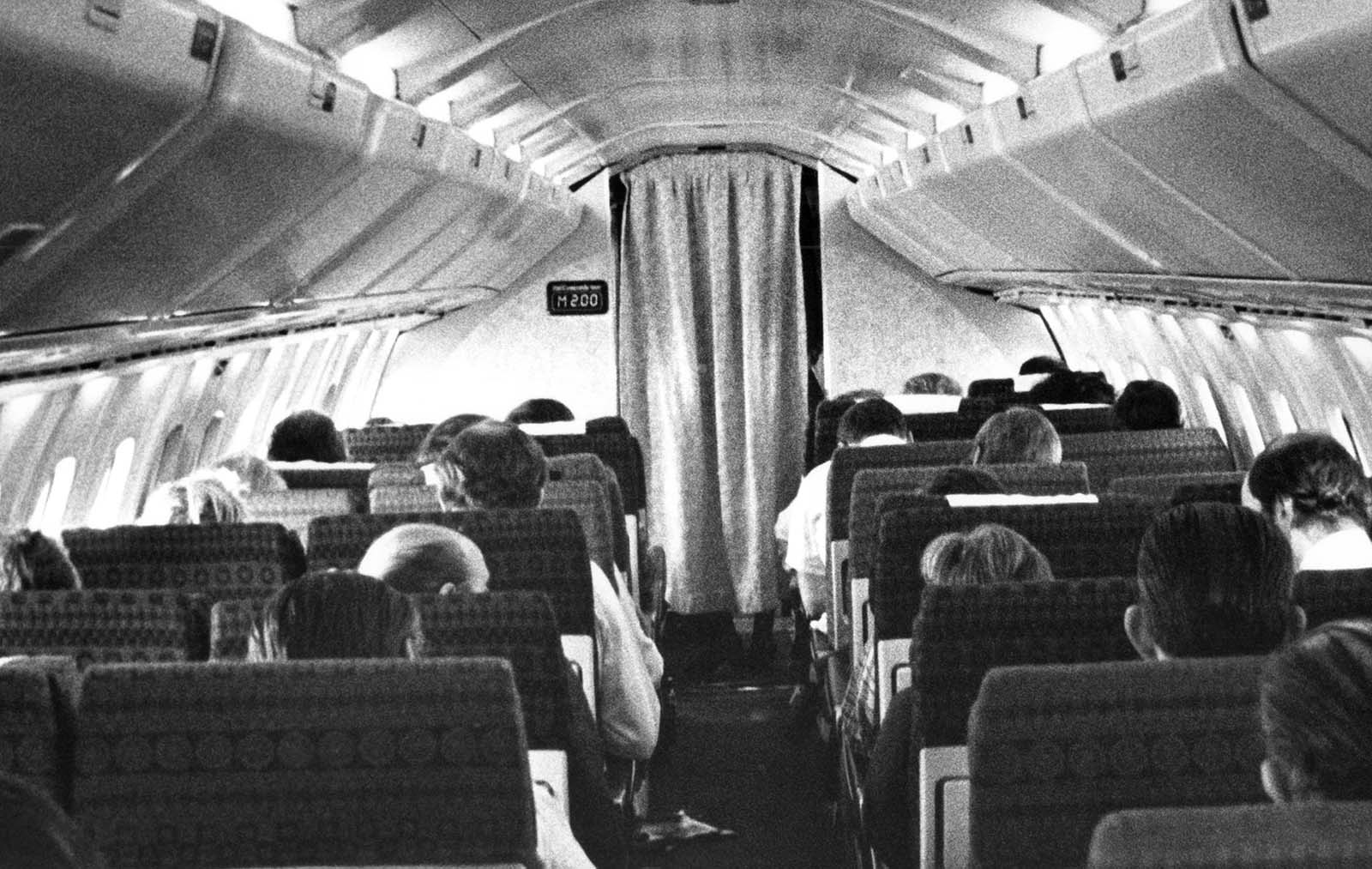
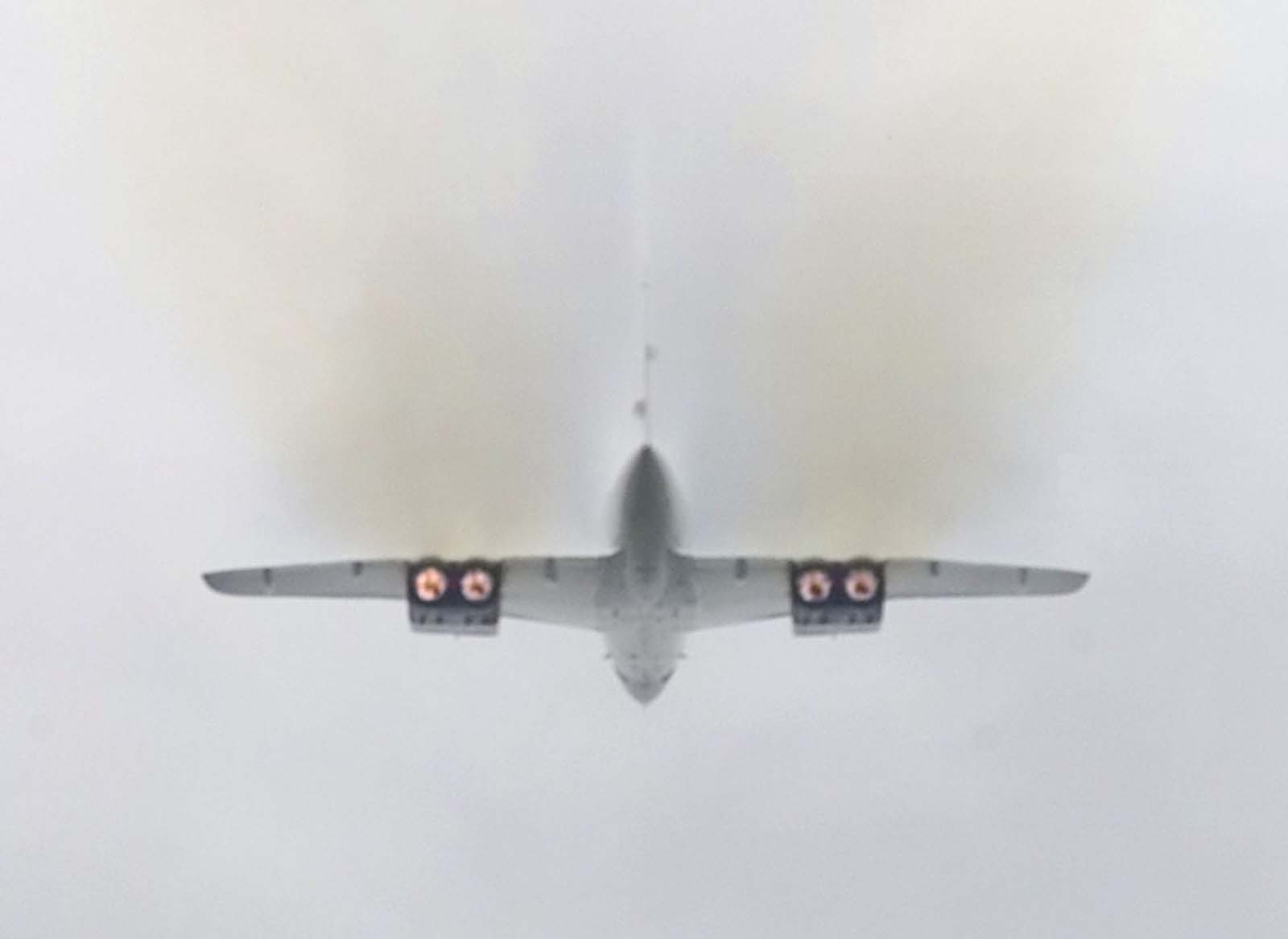
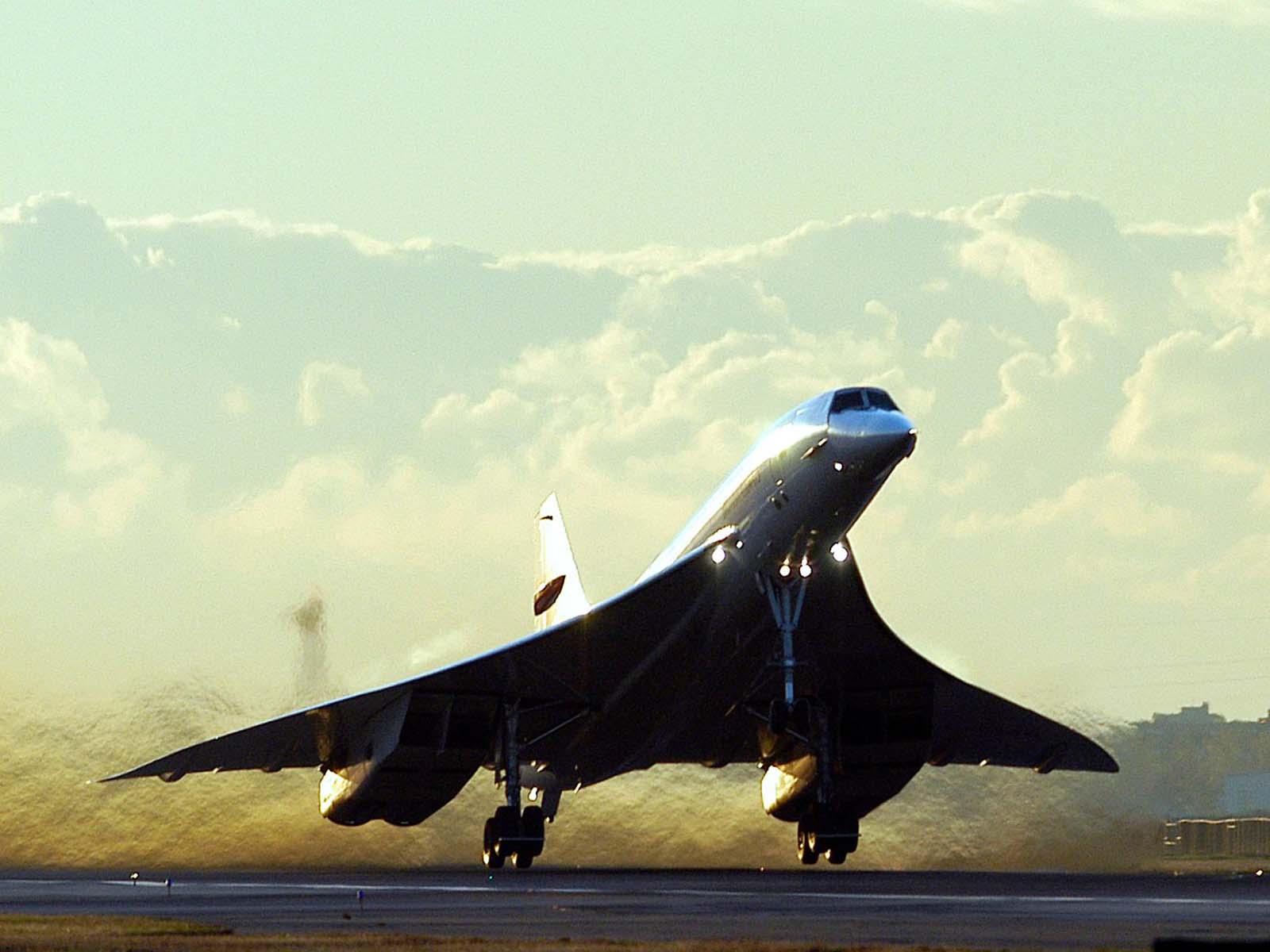
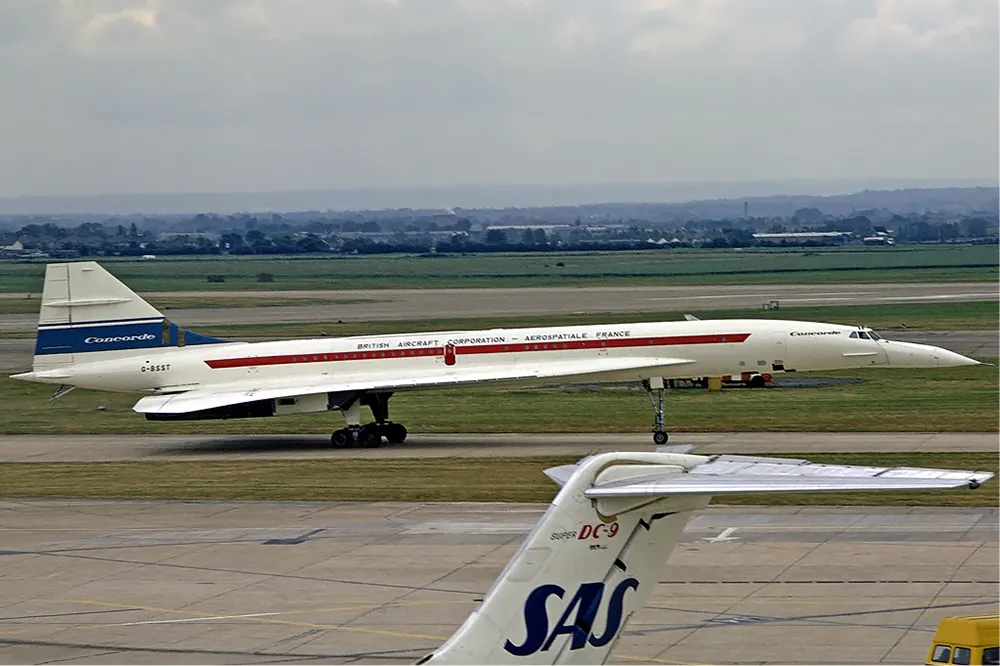


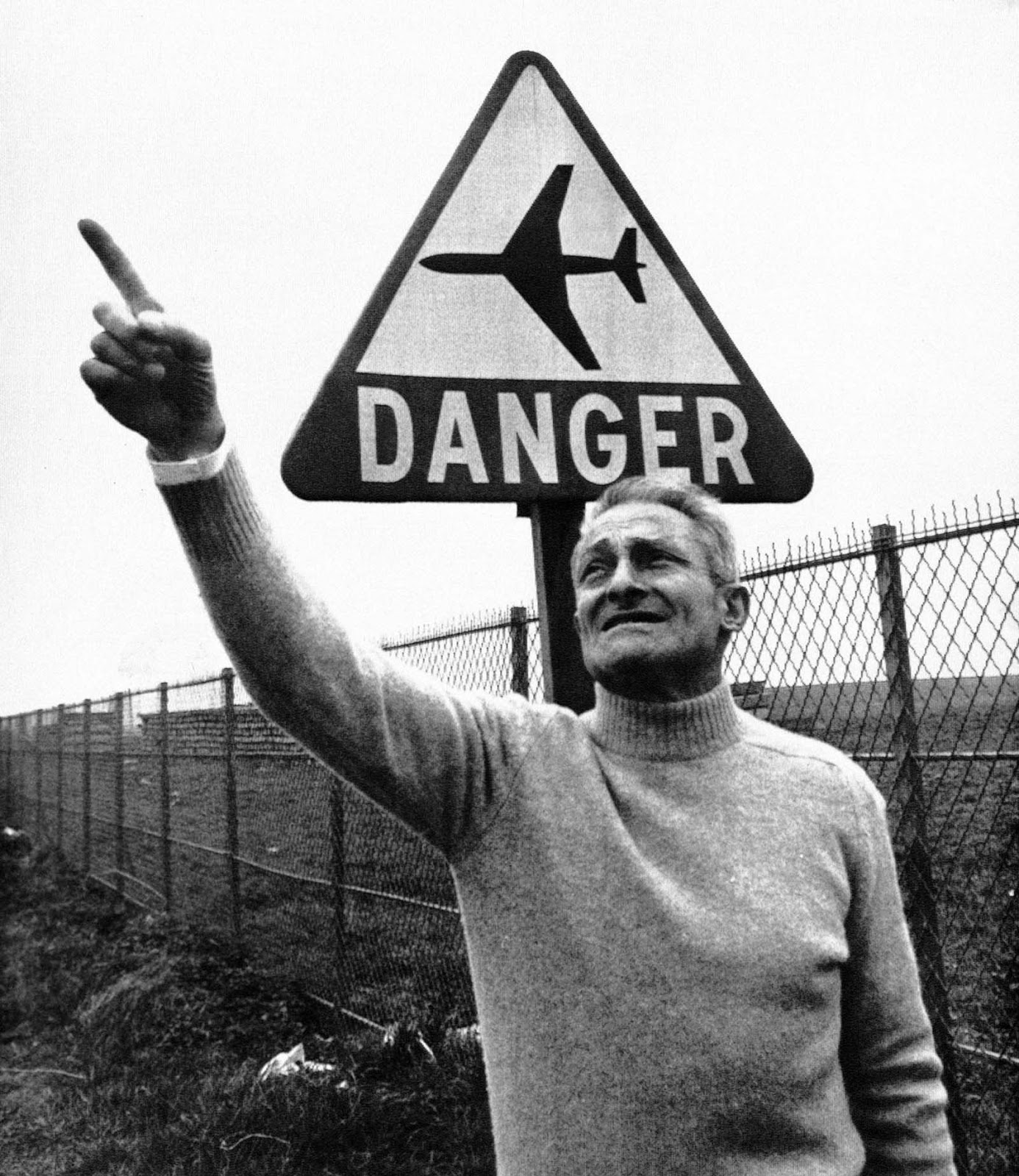
Video
Watch the 1975 video on Concorde production at Brooklands, Weybridge, in A Town Called….
Conclusion
The creation and eventual retirement of Concorde represents a remarkable chapter in the history of aviation. While the Concorde’s commercial journey was short-lived, its legacy remains a testament to the human pursuit of innovation and the desire to push the boundaries of what is possible in air travel. Though we may not see another supersonic airliner for some time, the Concorde will always be remembered as the first, and possibly the most iconic, supersonic passenger jet in history.



